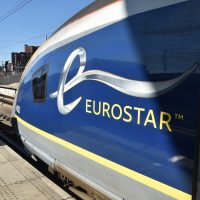 Today’s Travel Spot takes us back three years to the summer of 2018, when I caught the Eurostar to Amsterdam to attend the World of Coffee. In all, I spent 3½ days in Amsterdam, mostly exploring its speciality coffee scene, before catching the Thalys/ Eurostar back to the UK. This Travel Spot covers my journey there, when I took advantage of the (then) newly introduced direct London to Amsterdam service (which started running in April that year), although my journey had actually started that morning in Newcastle, with the leg of the journey to Amsterdam only an hour longer than it took me to get down from Newcastle.
Today’s Travel Spot takes us back three years to the summer of 2018, when I caught the Eurostar to Amsterdam to attend the World of Coffee. In all, I spent 3½ days in Amsterdam, mostly exploring its speciality coffee scene, before catching the Thalys/ Eurostar back to the UK. This Travel Spot covers my journey there, when I took advantage of the (then) newly introduced direct London to Amsterdam service (which started running in April that year), although my journey had actually started that morning in Newcastle, with the leg of the journey to Amsterdam only an hour longer than it took me to get down from Newcastle.
Although my journey out was direct, my return was a two-stage affair, taking the Thalys service from Amsterdam to Brussels-Midi before transferring to the Eurostar back to London St Pancras. The good news is that as of this time last year, Eurostar runs direct services from Amsterdam as well. At the time of writing, Eurostar is offering two direct outbound services a day, with another two services involving a change of trains at Brussels-Midi, while there are just two direct return services (afternoon and evening), with no indirect services, which is slightly disappointing.
You can read more about the journey and St Pancras International after the gallery.
The whole purpose of the trip was to visit the World of Coffee, which ran for three days (Thursday to Saturday) in June 2018. My original intention had been to attend all three days, but then I was unexpectedly invited to the one-day cricket international between England and Australia at the Riverside Stadium in Durham as a guest of Eden Mill. The only downside was that it clashed with the first day of World of Coffee, but It was too good an opportunity to miss, so I ended up going to Amsterdam by the rather unlikely route of Guildford-London-Newcastle-Durham-Newcastle-London-Amsterdam.
I’d booked myself on the 17:31 from St Pancras International, so after spending Friday morning looking around Newcastle, I hopped on the 12:56 service to King’s Cross. I had allowed myself a little leeway in case the train was late (Eurostar’s advice was to arrive 45 to 60 minutes before departure, with the gates closing 30 minutes before departure), but as it was, the train arrived in London on time at 15:49.
For those that don’t know London and its stations, King’s Cross is on one side of Pancras Road, while St Pancras International, which has housed the Eurostar terminal since it moved from London Waterloo in 2007, is on the other side, the two stations separated by a one-minute walk. However, with plenty of time to hand, I went the long way around, via the front of St Pancras, to get some photos of the magnificent façade (it now houses the St Pancras Renaissance Hotel).
That still left me with some time to kill, so I went looking for coffee. Although St Pancras International has some decent coffee options on the concourse under the platforms, it was all rather hectic at four o’clock on a Friday afternoon, so I popped along to Origin, another minute’s walk away across Midland Road. After a leisurely flat white, I wandered back into St Pancras just in time to check in.
St Pancras is effectively five stations in one (if you count the underground station, which it shares with King’s Cross, as the fifth). Otherwise, it’s the terminal for Eurostar (St Pancras International) and three domestic services (East Midlands Railway, Thameslink and Southeastern’s high speed services to Kent). The trains all depart from different areas and levels within the station, including downstairs (underground and Thameslink) and upstairs (all other services), leaving the ground floor level free for the concourse. I can remember the old St Pancras station, before it became the Eurostar terminal, when all the lines/platforms were at the level of the current concourse: the new station is a masterpiece of engineering!
The concourse is F-shaped, with the bottom of the F facing Euston Road. It has multiple entrances, depending on where you are coming from, with shops and cafes along the downstroke of the F and domestic services at the top. Meanwhile, you’ll find the Eurostar services in the middle stroke of F, with arrivals first (if you’re coming from Euston Road) followed by departures, which is where I was heading.
You can see how I got on checking in and boarding my train after the gallery.
The entire Eurostar international terminal is located under the Eurostar platforms, which are almost 400 metres long, running the full length of the station. The terminal includes all the gates, security and passport control, as well as several waiting areas.
I wandered back into the station after my coffee at 16:30 and within five minutes I’d checked in, the main delay coming from having to walk five times further than strictly necessary along a (largely empty) set of zig-zag lanes from the start of departures to the check-in gate (which is automatic; all you need to do is scan your ticket).
From there, it was on to security, a much more relaxed process than at the airport, with no need to take anything out of my bags. Next came passport control, with its e-readable passport gates, which again made the whole process very smooth, although after all the flights I’d been taking, it was very weird going through passport control still carrying my big rucksack.
Although there were queues at each stage, they all moved very quickly and by 16:45 I was through passport control and into the terminal, which is a very civilised process and far nicer than even the nicest equivalent airport experience. However, in fairness to a busy airport, where there are usually multiple departures at any one time, St Pancras International is definitely helped by only serving three main destinations (Paris, Brussels and Amsterdam), with trains typically departing every 30 minutes (although sometimes a Paris and Brussels train will leave at roughly same time).
You get to the platforms via long, sloping escalators which lead up between the platforms, access controlled by locked doors which only open once the call for boarding is made, typically 25 minutes before the train’s departure. This meant I had about 20 minutes to wait, so I found a seat near one of the big departure monitors. Unlike most airports I’ve flown from, these are plentiful, clear and, most importantly, visible from the majority of the seating, which means that you can just sit there without having to get up every five minutes to check if your departure has been called. There are also plenty of clear announcements in in English, Dutch (Flemish?) and French, all of which made for a much more relaxed experience compared to flying.
Again, in comparison to most airports I’ve been to, there are plenty of seats, plus several food options, which are dispersed around the terminal, although the choice is limited compared to the main concourse. I was tempted, but decided not to get anything since I wanted to try the catering on the train. The only slight criticism I have is that there weren’t many power outlets, although there is free Wifi.
My train was called for boarding at 17:06, exactly 25 minutes before departure, which led to a big crush and long queues as everyone headed for the escalators up to the platforms. I’ve never understood this hurry, particularly as all the seats are pre-assigned. Instead, I waited for things to quieten down and, at 17:16, still with 15 minutes to spare, I made my way up to the platform and onto the train.
You can see what I made of the Eurostar after the gallery.
This was my first time on the new Eurostar e320 trains, having previously only travelled on the old e300 trains which have been in service since Eurostar began operating in 1994. Prior to going to Amsterdam, the last time that I’d travelled on Eurostar was on my way back from Paris in 2014, when the e320s had yet to be introduced!
Instead of separate power cars front and back, which is how the e300 trains were configured, the e320 is a multiple unit, consisting of 16 carriages, with a driving cab at either end. The trains are effectively symmetrical, with three premier/business premier carriages (with at-seat meal service) at the front/back, followed by five standard class carriages at either end. Finally, there are a pair of standard class buffet cars back-to-back in the middle (carriages eight and nine), half of which is the buffet car itself and other half standard class seating.
I was booked into carriage 10, the first standard class carriage after the buffet car in the front half of the train (carriage 16 is at the front). Each standard class carriage seats 76, with six tables (each seating four) and the remaining 52 seats in 26 pairs of airline-style seats. Ironically, given that there are only 76 seats, I was in seat No. 82. It seems that the seat numbers are in sets of eight, so although there’s a seat 78, for example, there’s no 79 or 80.
I remember the old e300s as being comfortable and reasonably spacious, although in those days I was rarely travelling with a laptop. Although I had booked a table seat, I did manage to briefly try out one of the airline-style seats and while it had a little bit of legroom (more than a typical UK train would have or an economy class airline seat), I wouldn’t like to use a laptop in one for any length of time.
In contrast, there was plenty of space in the table seats, with the table itself having a narrow, fixed part in the middle, with four lift-up and fold-out leaves. Coupled with fold-down armrest, this means that there’s plenty of room for getting in/out (as long as the table is folded away and the armrest up), something which I appreciated, since I was still suffering from my bad back (although it was an awful lot better than for my previous train trip to Glasgow).
All the seats have at-seat power, with each pair of seats have two outlets (one UK, one European) beneath/between them, which means that you can plug in two devices (as long as you have one plug of each type). There’s also free Wifi, which I found to be a bit hit and miss (and doesn’t work in the tunnel), although it largely worked well enough. As well as general web access, a live map and entertainment services are available.
Each carriage has multiple information screens, located at either end of the carriage, as well as hanging down from the ceiling at regular intervals along the central aisle. Luggage racks run above the seats on either side of the carriage, which are useful for smaller bags. Unlike some domestic services in the UK, they will also take larger items such as my rucksack. Meanwhile, there is ample luggage space in racks at each end of the carriage, plus each carriage has two very spacious toilets at one end.
Having boarded at 17:16, I had plenty of time to settle in before we left, pulling out on time at 17:31, with stops scheduled at Brussels-Midi and Rotterdam before our arrival into Amsterdam at 22:12 local time. Since Amsterdam is an hour ahead of the UK, this means that the scheduled journey time was a fairly impressive 3¾ hours (disappointingly, the current direct service takes just over four hours).
Whether the actual journey lived up to the promise is another matter. You can find out after the gallery.
From St Pancras International, the train almost immediately disappears into the tunnel under north/east London, emerging into the open marshes east of the capital about 10 minutes later. From there, it zips under the Thames in another tunnel (it was so quick and smooth that I hardly noticed) before crossing over the Medway just 18 minutes after leaving London (the Medway crossing is one of the great sights on the Eurostar; be on the right-hand side of the train in you can).
Then it was on through Kent, whizzing past Ashford after 25 minutes, before arriving at the Channel Tunnel just 32 minutes into our journey. When I first travelled on Eurostar, leaving from Waterloo before the high-speed line was built, this could take over an hour. Back then, going through the tunnel was a big deal, with special announcements to let you know it was coming, but now the trains just roll through without any fuss.
What surprised me was just how fast and smooth the journey was. Fittingly, I’d come down from Newcastle that morning on an old InterCity 125, 1970s Britain’s answer to high-speed rail and now reaching the end of its impressively long service life. The 125 regularly reached speeds of over 160 km/h and was pretty smooth, but the Eurostar was another level of smooth and surprisingly quiet, despite reaching a top speed of 300 km/h on its way to the Channel Tunnel.
On my way through Kent, I paid a visit to the buffet. The e320s have two buffet cars in the centre of the train, right next to each other in carriages eight and nine. The first half of each carriage is seating, with the remainder occupied by a large, open buffet car, the counter at the far end. Strangely, the buffet in carriage nine was very busy, with a long queue, so I walked through to the next one to find it empty.
Given the hour, I passed on coffee (Eurostar uses Lavazza) and instead looked for something to eat. There was a basic range of sandwiches, cakes and snacks, with very few vegetarian options. I passed on the soup and an egg and cress sandwich before spotting a falafel salad (cous-cous, falafel, sweet potato and plenty of salad greens) which did the job. Then it was back to my seat just before we reached the tunnel.
You can see how the rest of the journey went after the gallery.
It takes just over 20 minutes to cross the channel by Eurostar, and we emerged in France at 19:24 (local time), less than an hour after leaving St Pancras International. Half an hour later, we went through Lille, where the line divides, either turning south for Paris or continuing east, as we did, for Brussels. I sometimes forget how close France and Belgium are to southeast England. It took just 1 hour and 20 minutes to get to Lille: had I been on the east coast mainline, I wouldn’t have even reached Yorkshire in that time, while on the west coast mainline, I’d have just about made it to Birmingham, and heading west from Paddington would have got me as far as the Bristol Channel.
At 20:00 local time, a few minutes after passing through Lille, we crossed into Belgium. I can remember doing this route in the early days of Eurostar, before the high-speed line had been built and local tracks were used from Lille to Brussels, mirroring the situation in England. These days, the Eurostar doesn’t miss a beat and, 20 minutes later, we pulled into Brussels- Midi, our first stop. The time was 20:20 and we had covered the 380 km from London to Brussels in less than two hours.
However, as we left Brussels, it was like we were back in the 1990s. The train slowly rolled through the dense urban areas north of Brussels, a state of affairs that continued all the way to Antwerp. It’s no more than 50 km, but it took us around 45 minutes, after which things speeded up again. Ten minutes later, we crossed the border into the Netherlands, reaching our second stop at Rotterdam at 21:40, just in time for a rather lovely sunset.
From there, we made rather halting progress on our way to Amsterdam, passing through Schiphol Airport at 22:10, at which point we should have been at Amsterdam Centraal, where we arrived a mere 10 minutes later. In all, it had taken us slightly longer to cover the 210 km from Brussels to Amsterdam than it had to do the 380 km from London to Brussels, but at least I was there.
My final task was to get to my hotel which, ironically, was just outside Schiphol airport. Frustratingly, I narrowly missed the 22:31 train back to the airport, the 22:37 was cancelled and I ended up on the 23:01, arriving at Schiphol airport at 23:20, an hour and 10 minutes after having passed through on the Eurostar!
So that concludes my first (and to date, only) trip to Amsterdam on the Eurostar. Find out how I got on when I returned by a combination of Thalys/Eurostar, while you can read more about the trip as a whole over on its Travel Spot Page.
If you liked this post, please let me know by clicking the “Like” button. If you have a WordPress account and you don’t mind everyone knowing that you liked this post, you can use the “Like this” button right at the bottom instead. [bawlu_buttons]
Don’t forget that you can share this post with your friends using buttons below.

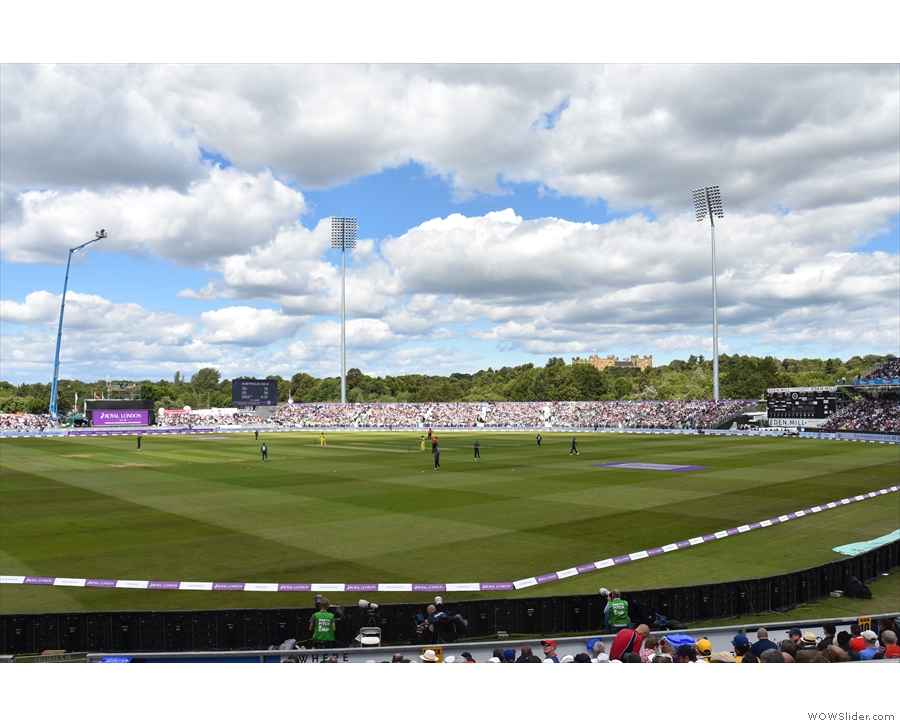
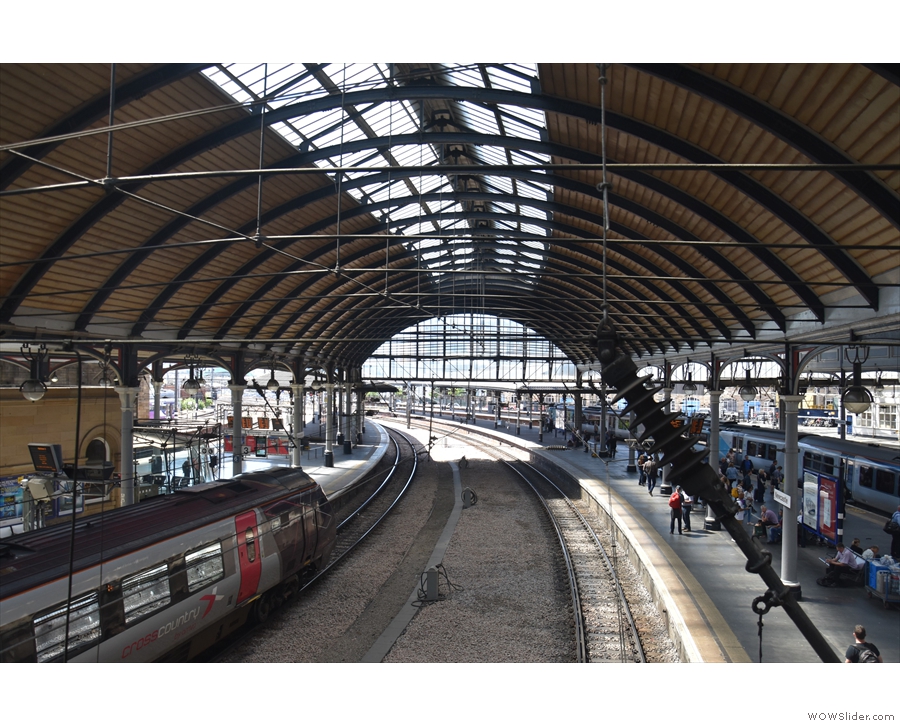
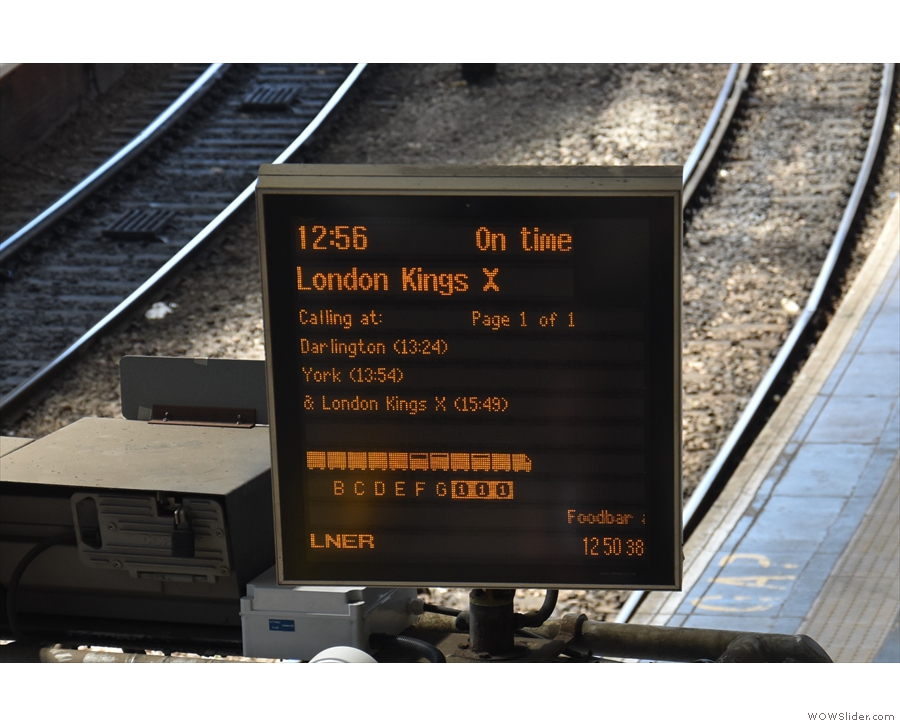
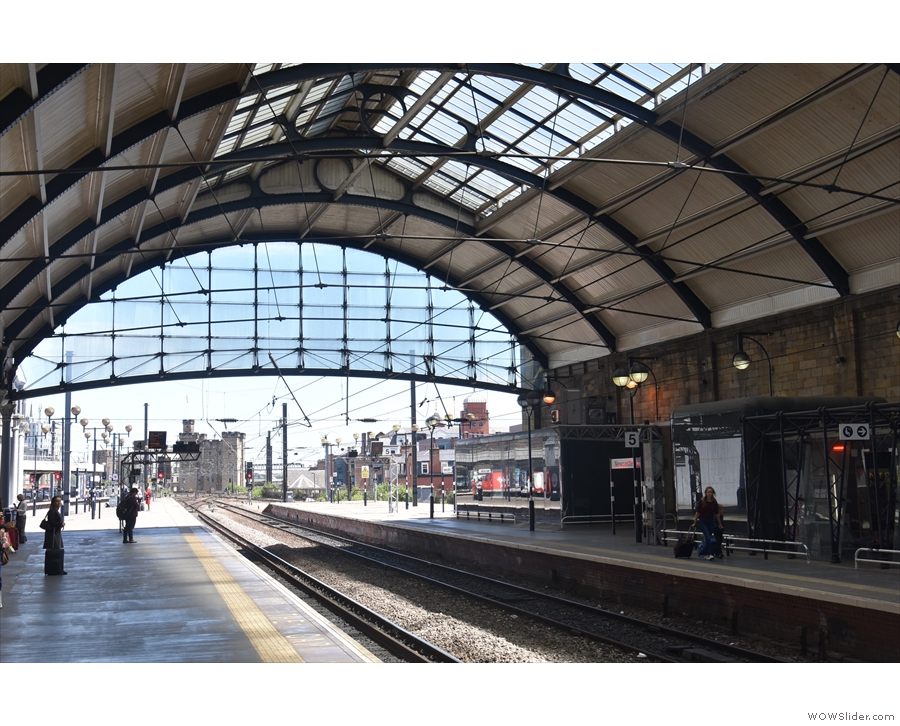
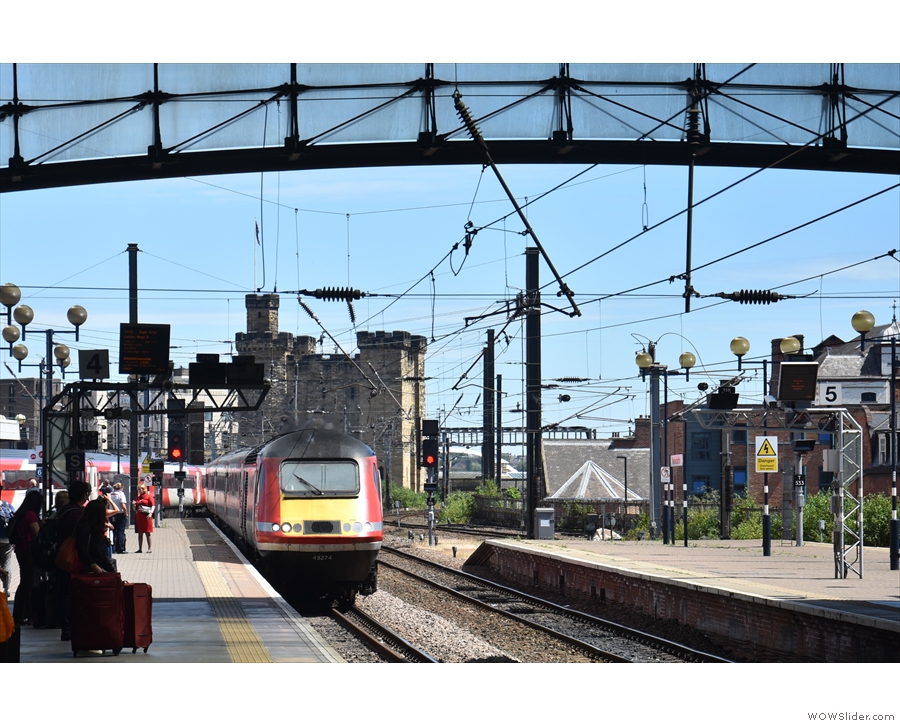
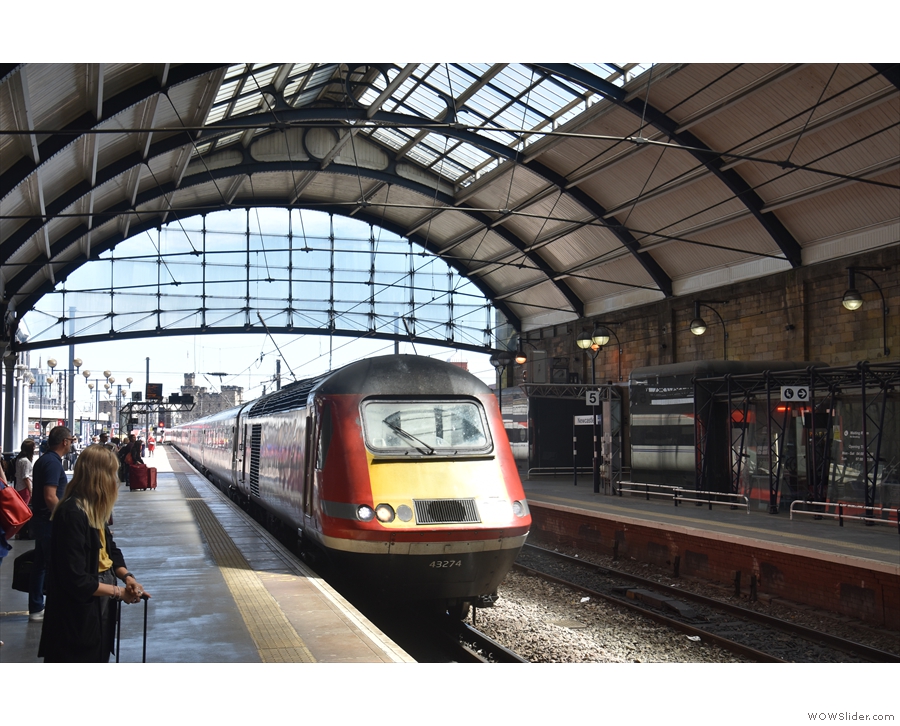
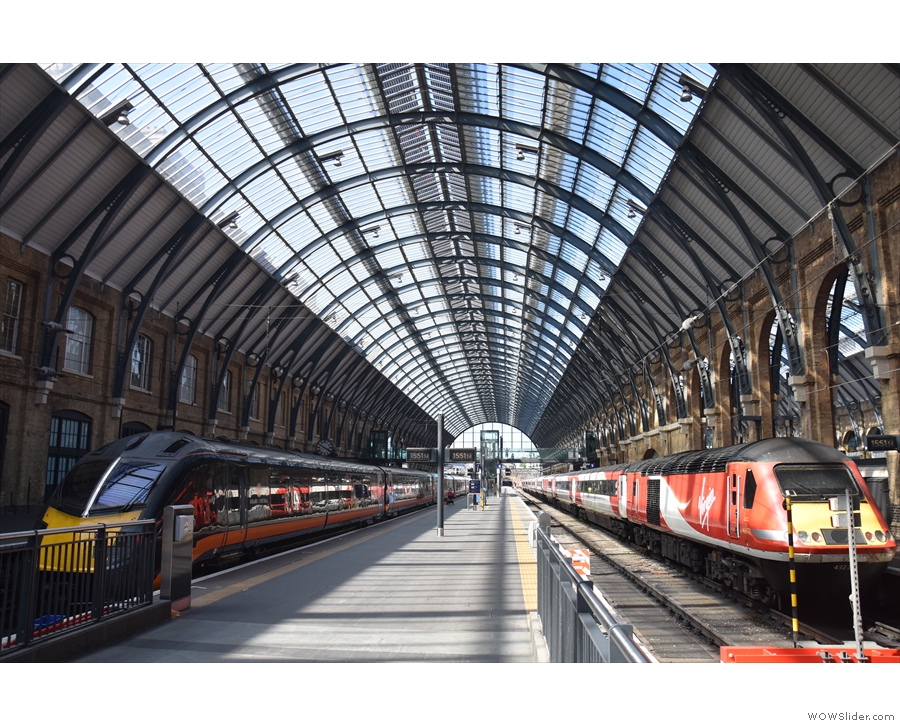
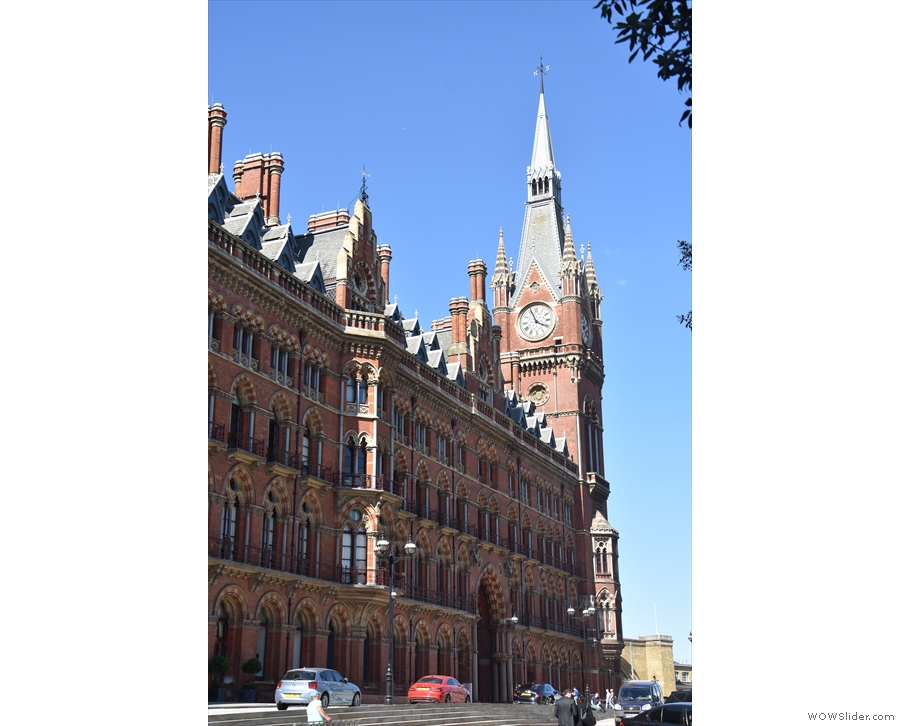
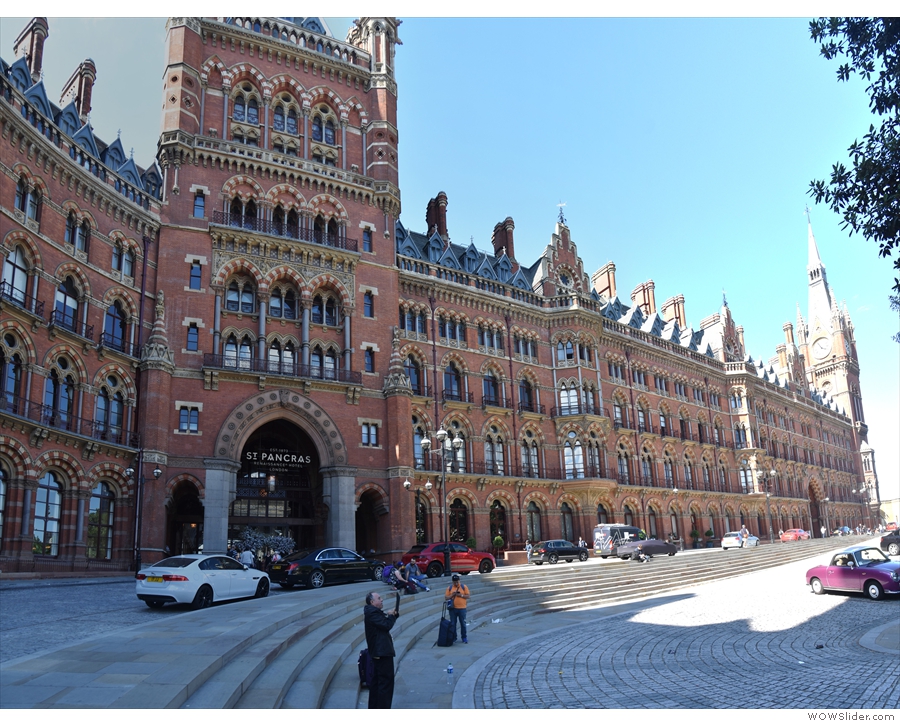
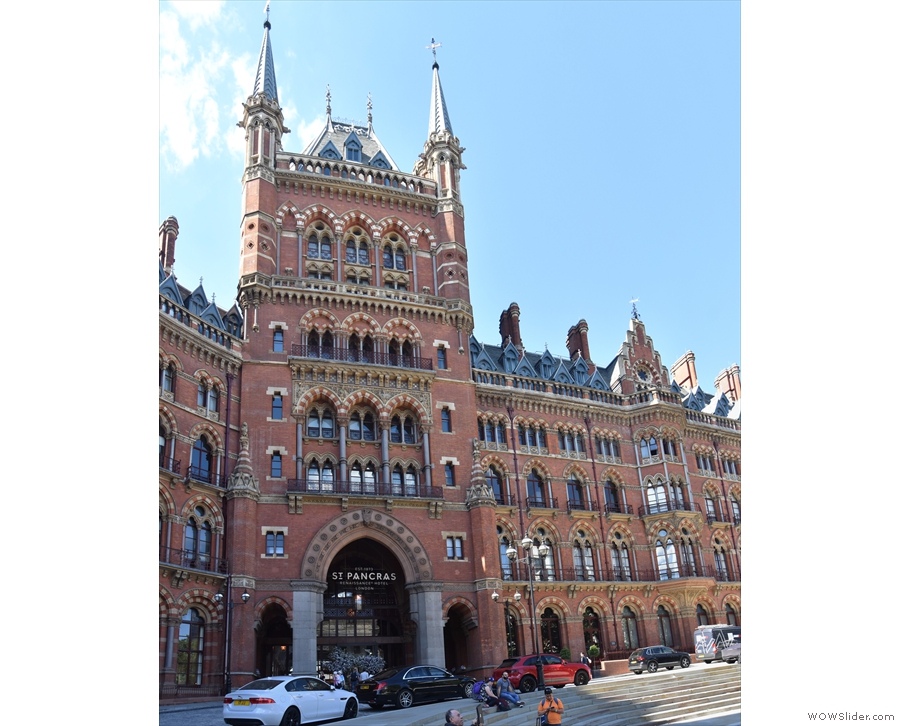
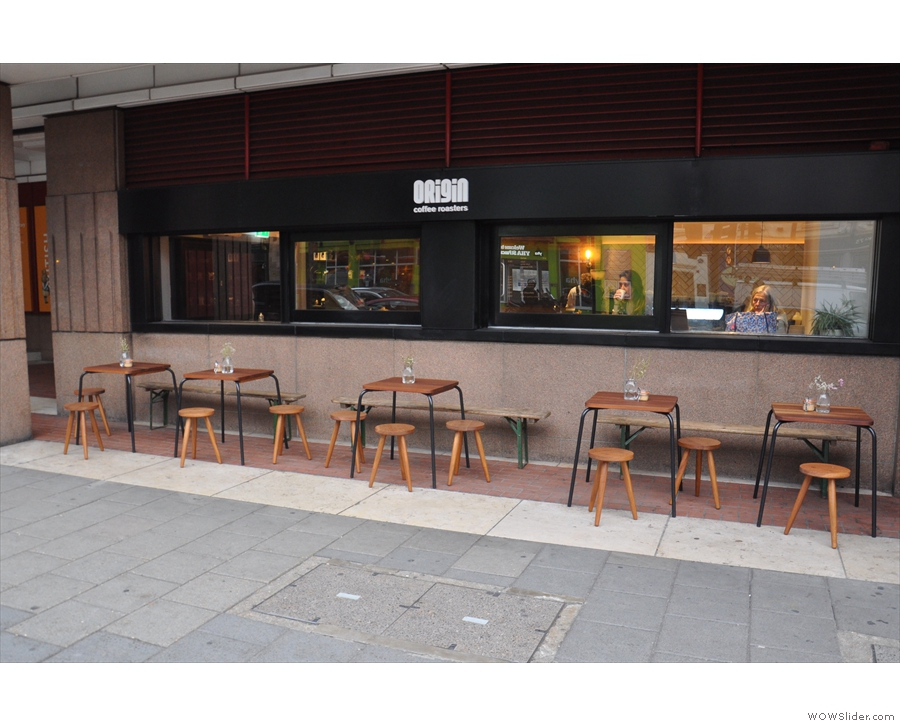
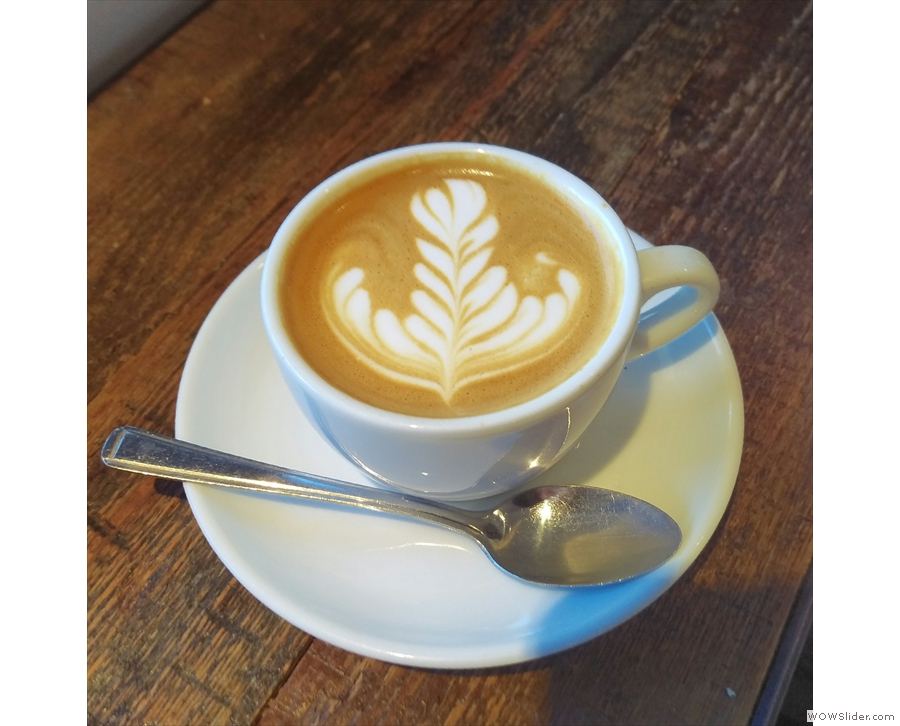
 1
1 2
2 3
3 4
4 5
5 6
6 7
7 8
8 9
9 10
10 11
11 12
12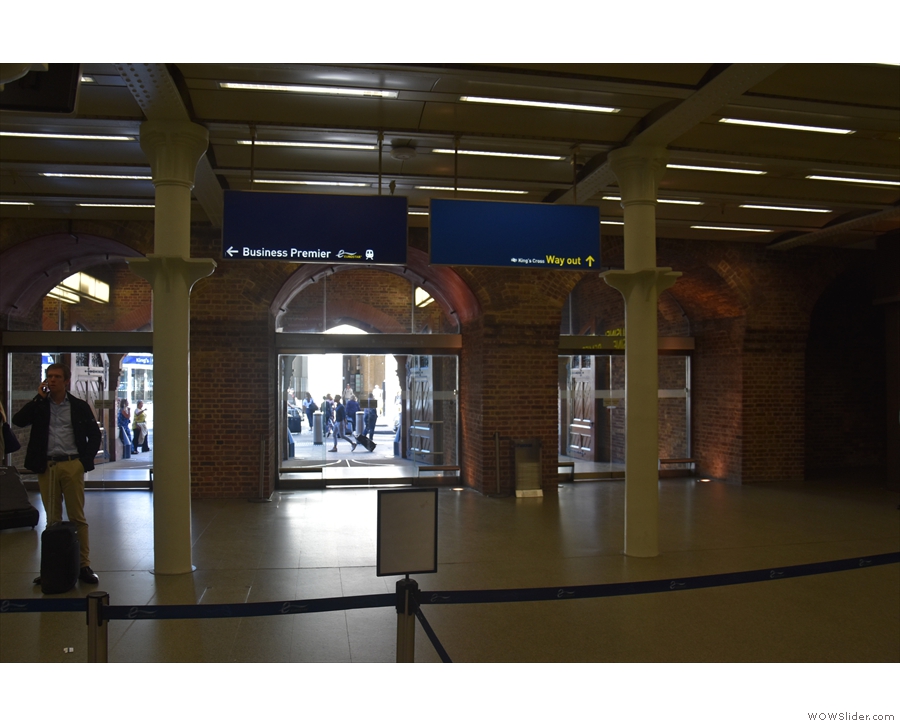
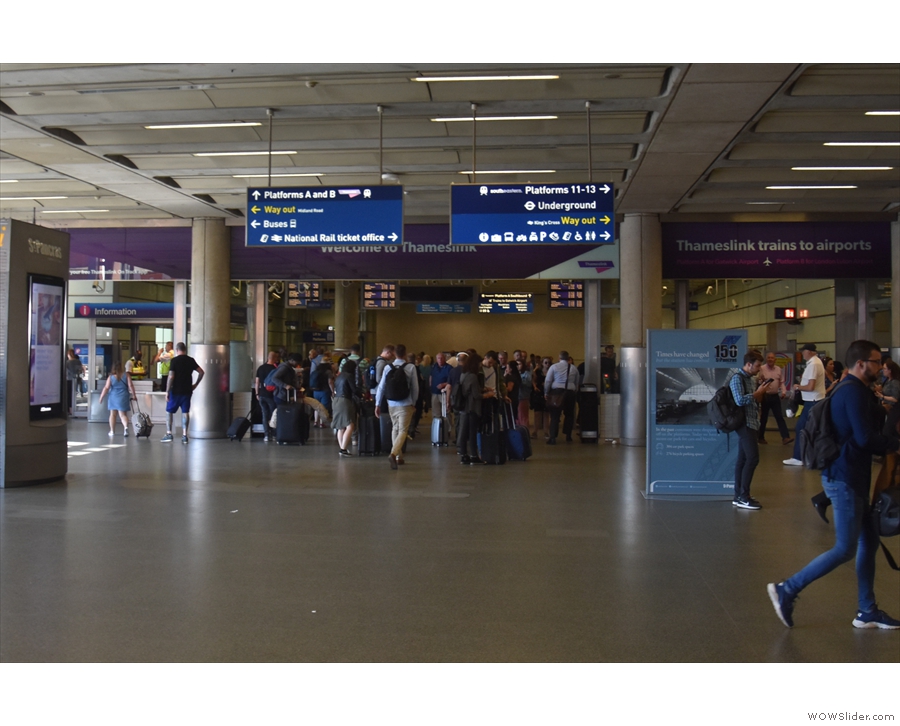
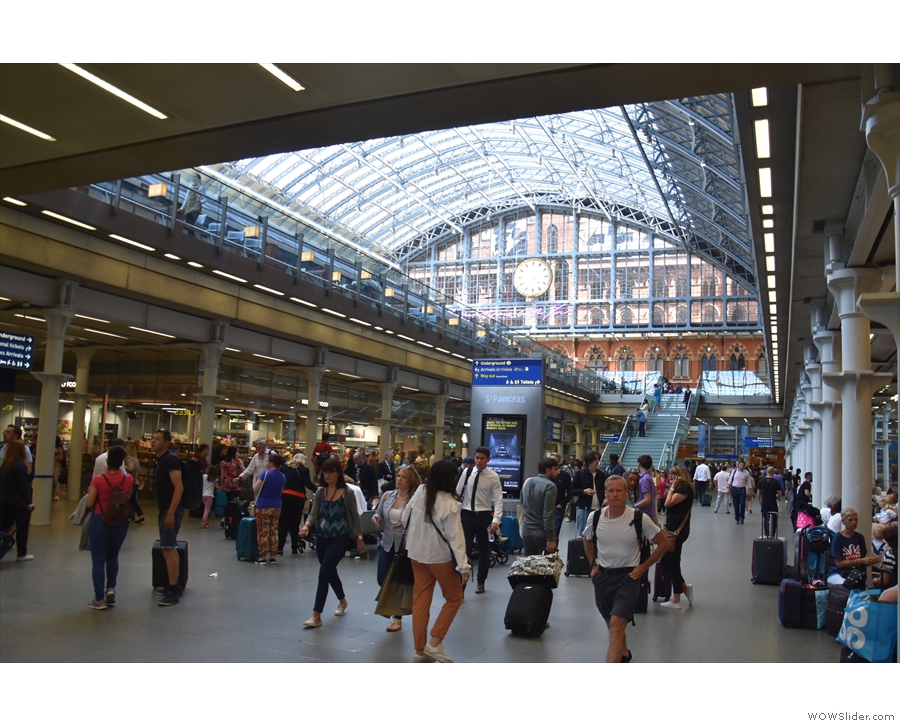
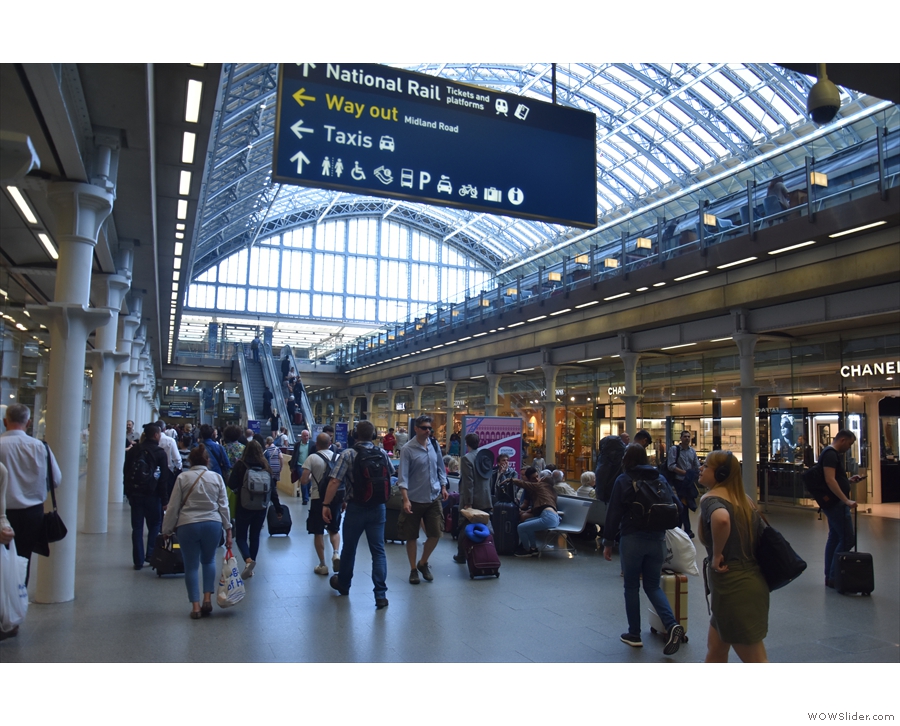
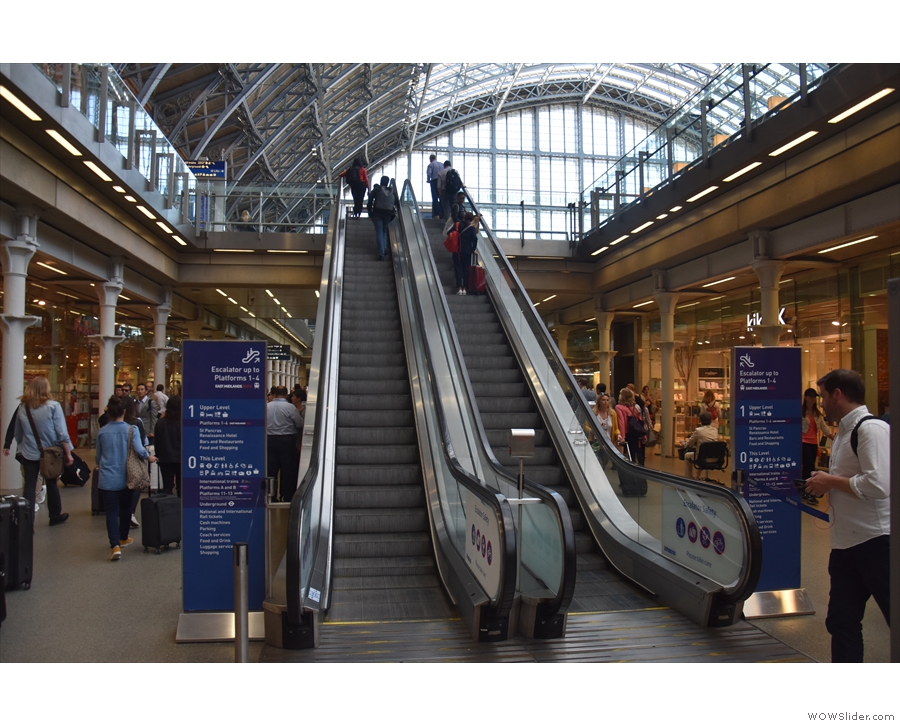
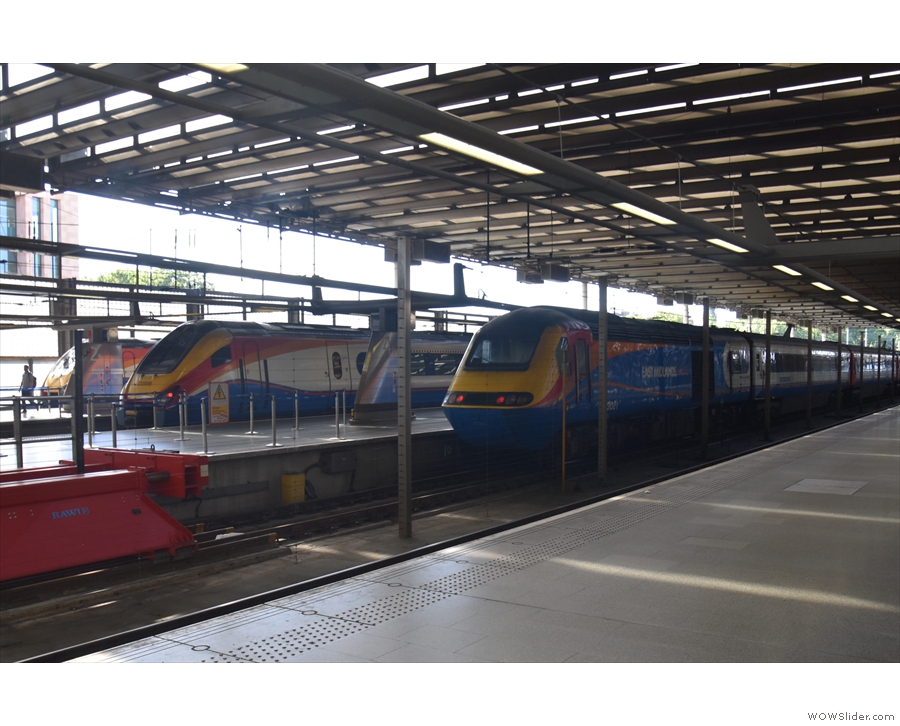
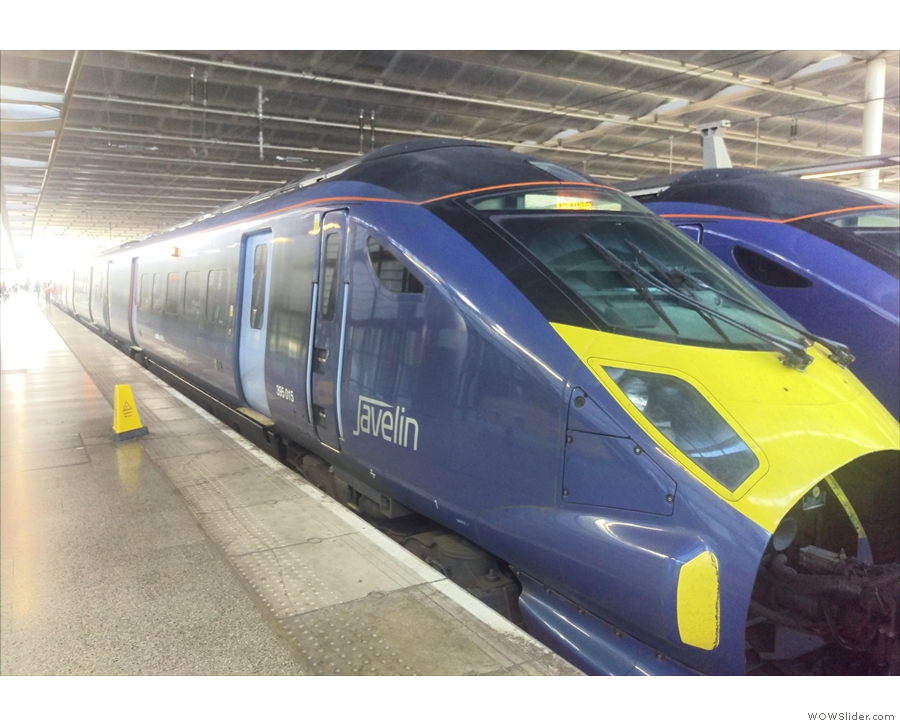
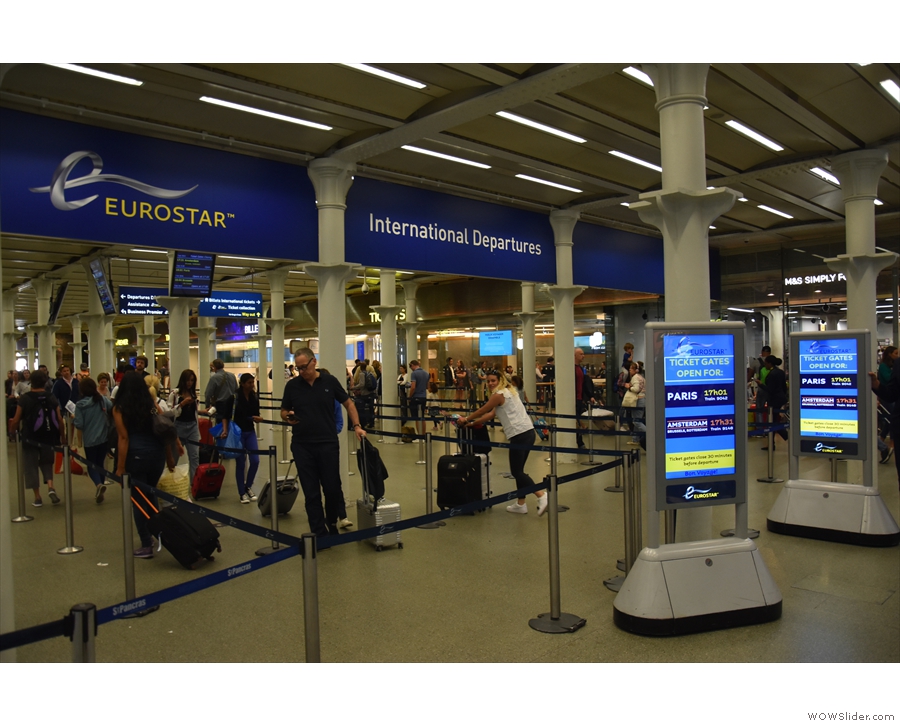
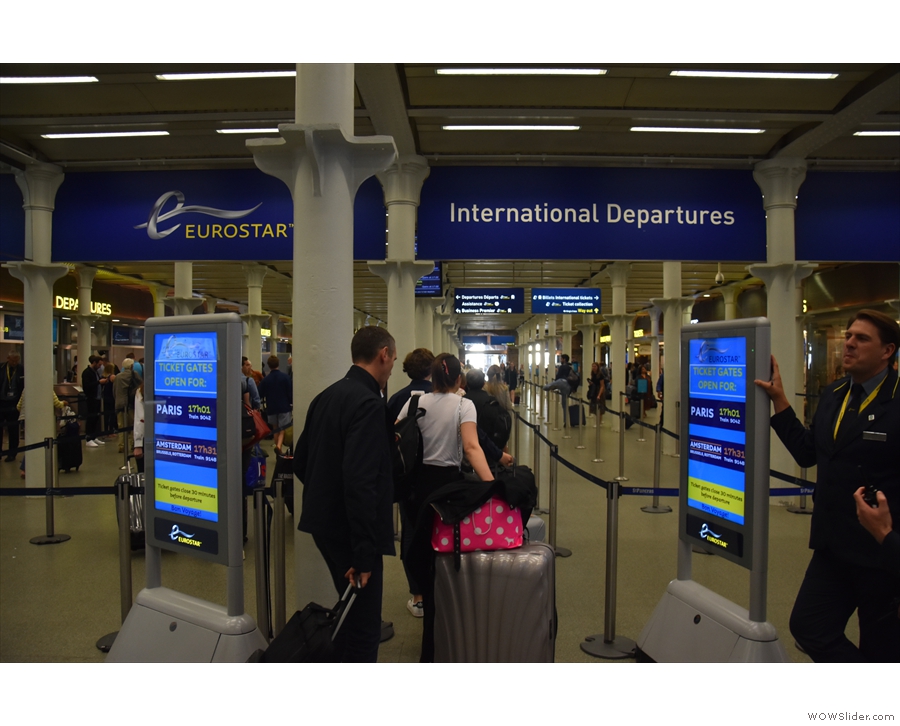
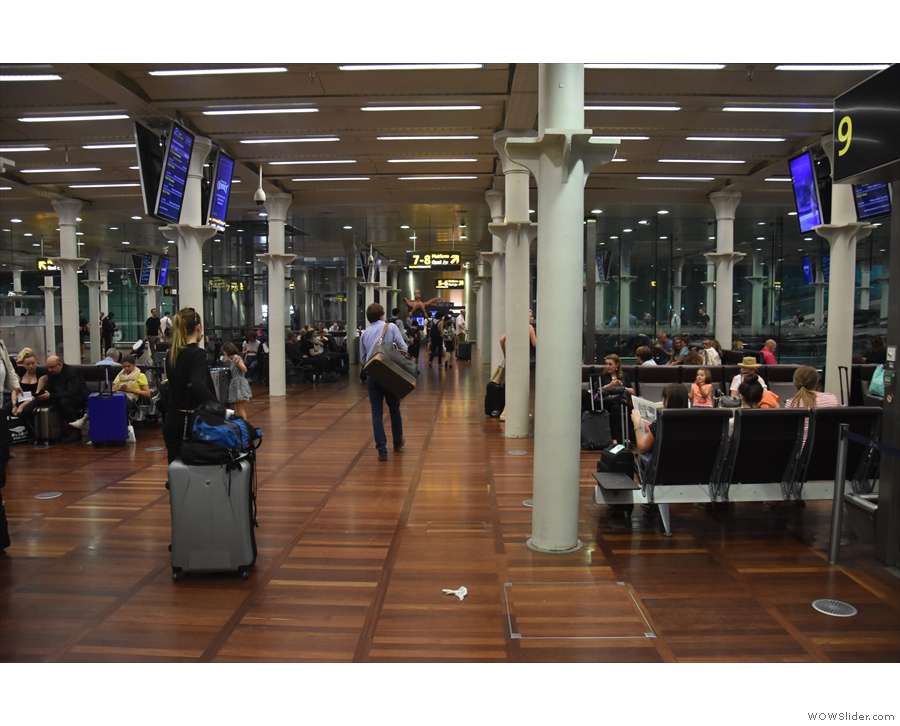
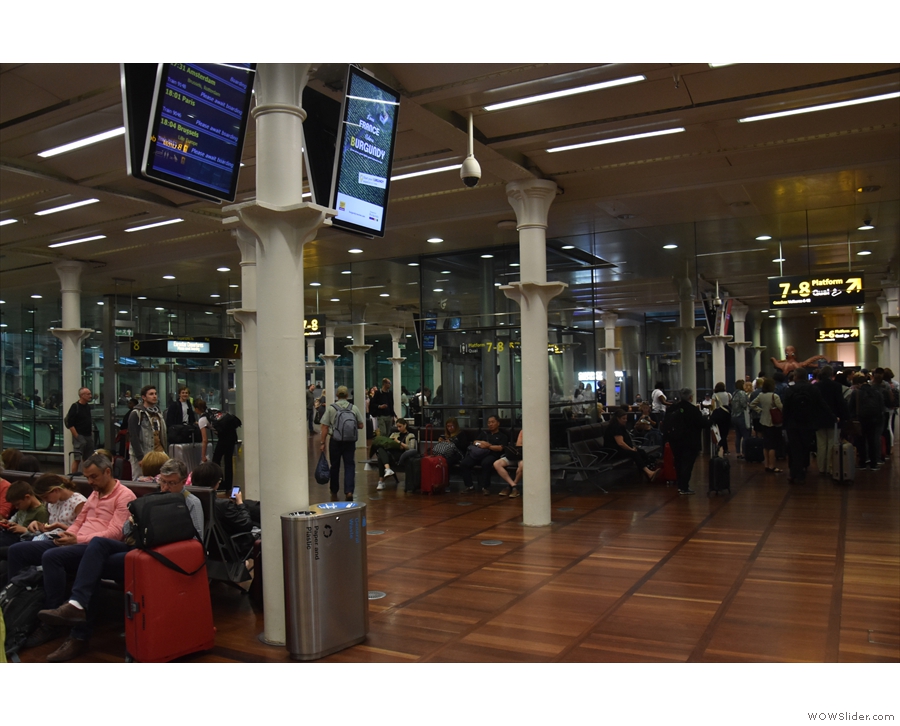
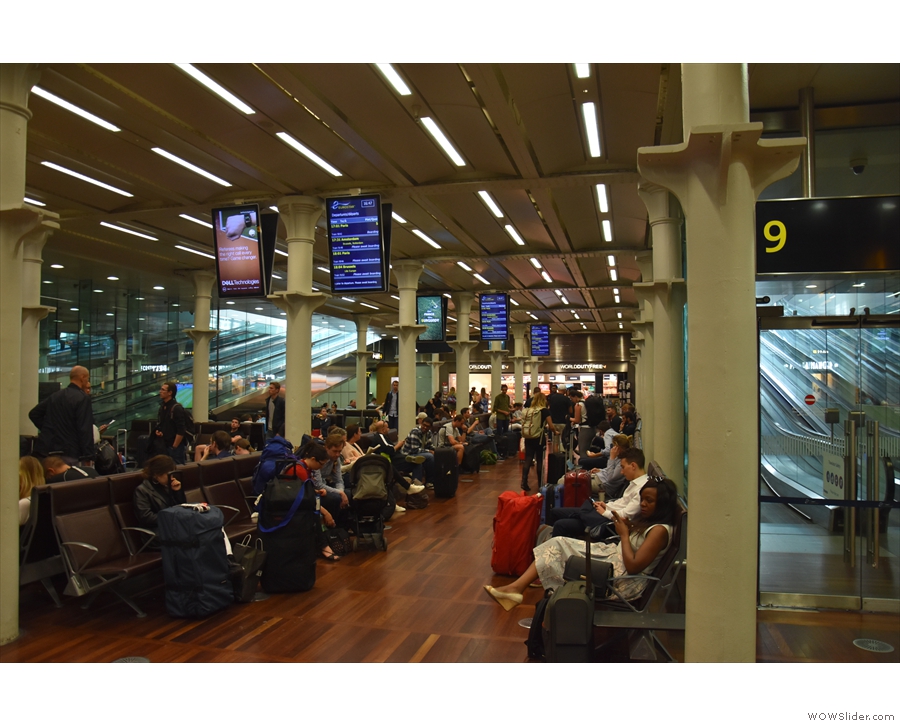
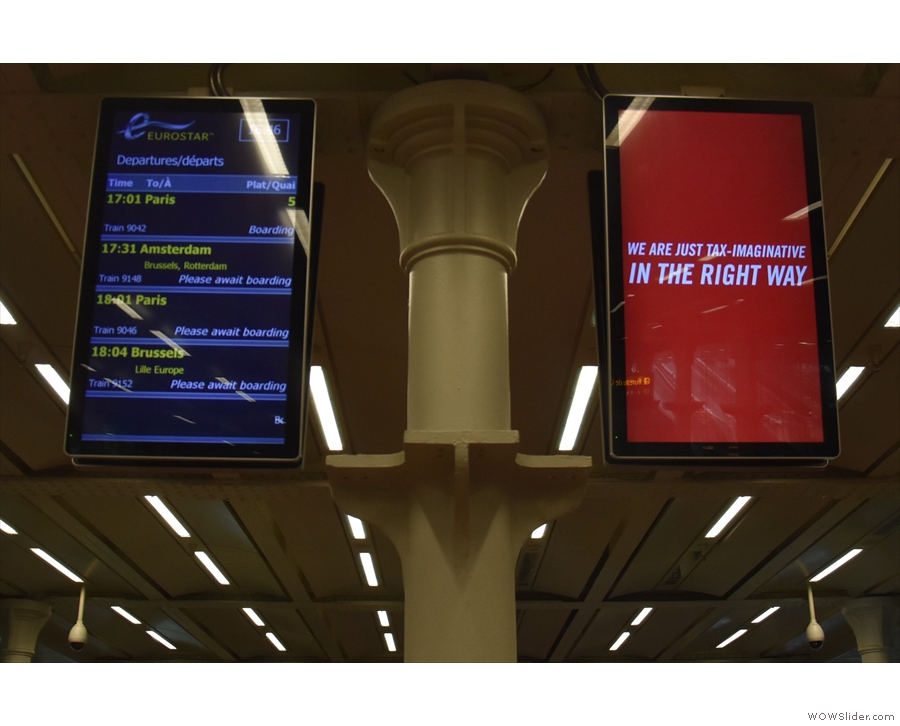
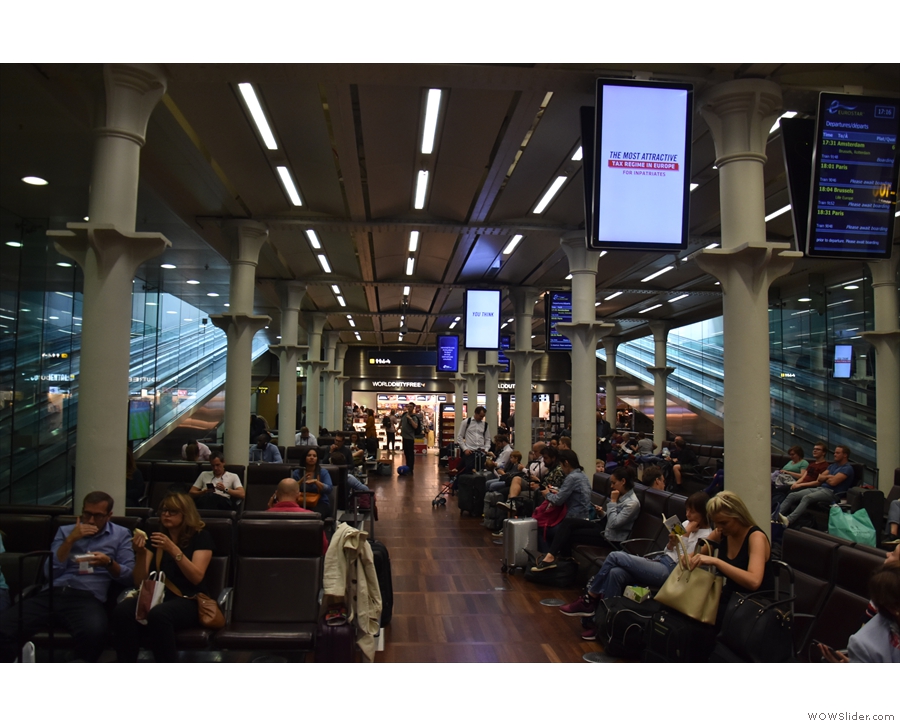
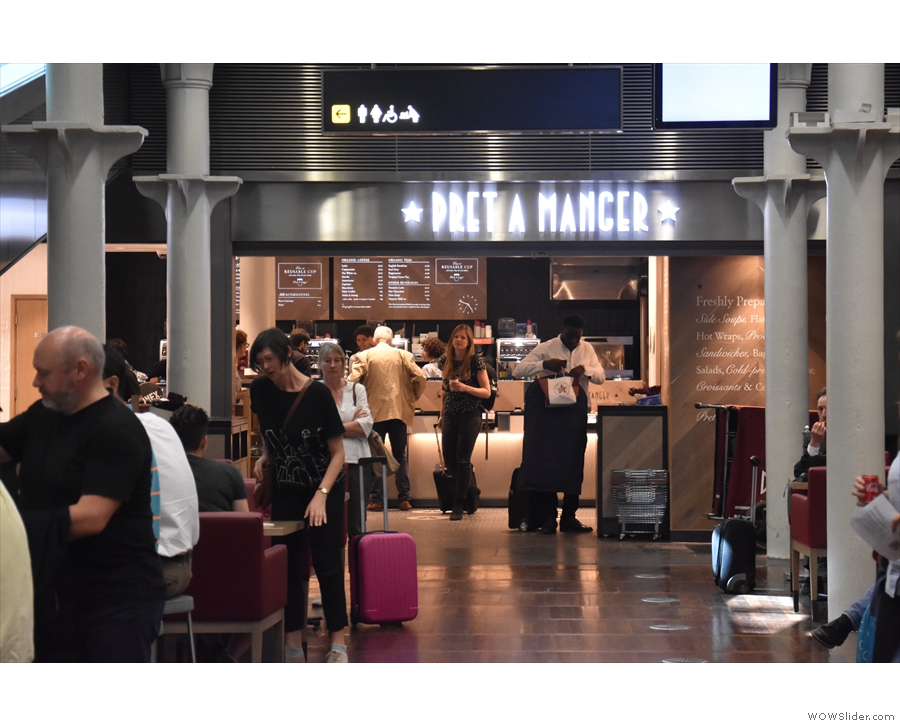
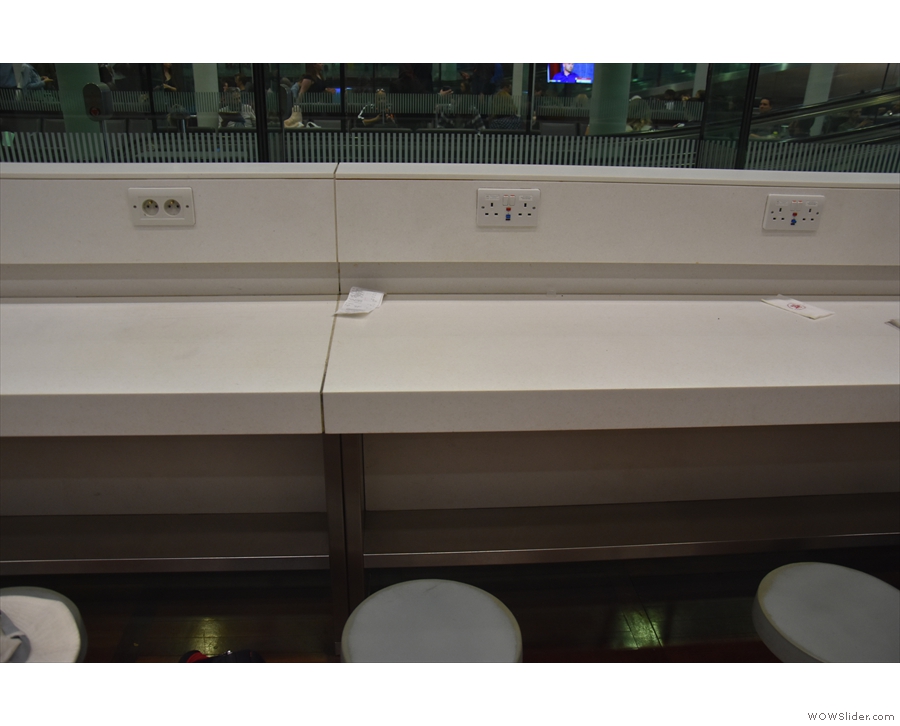
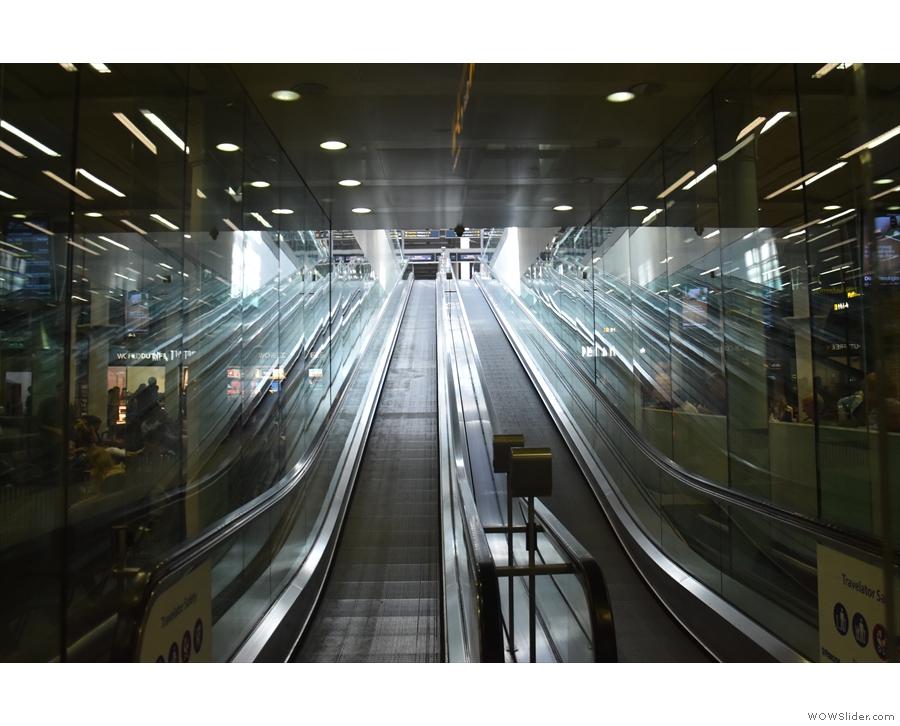
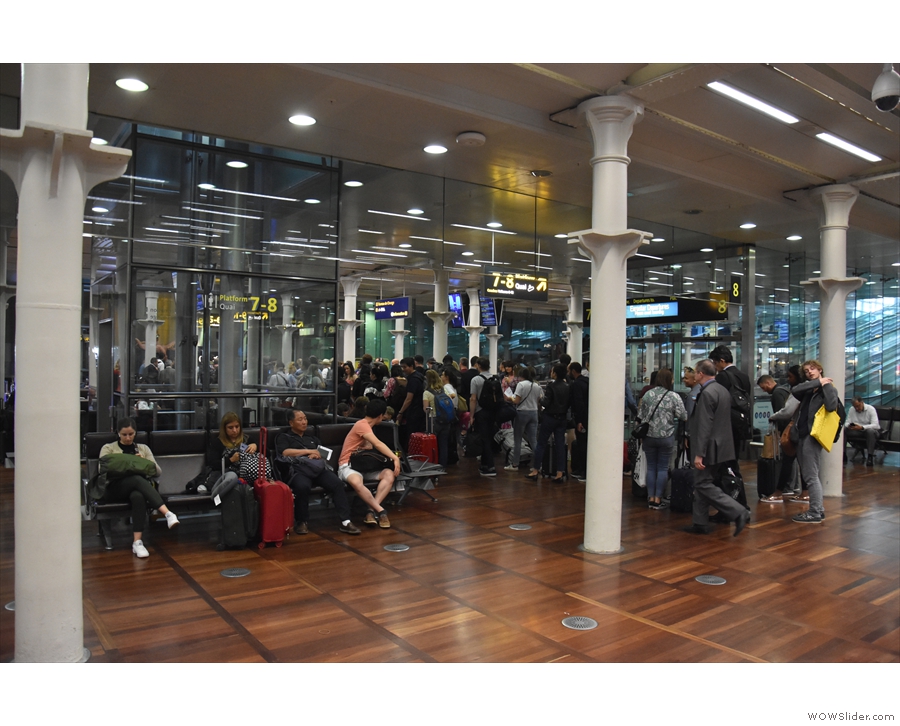
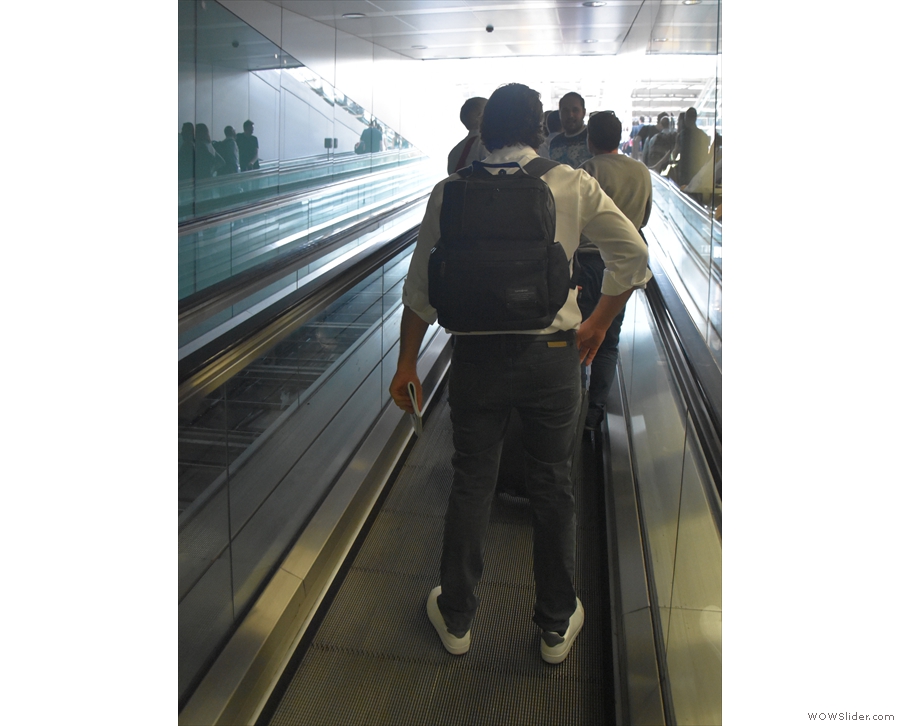
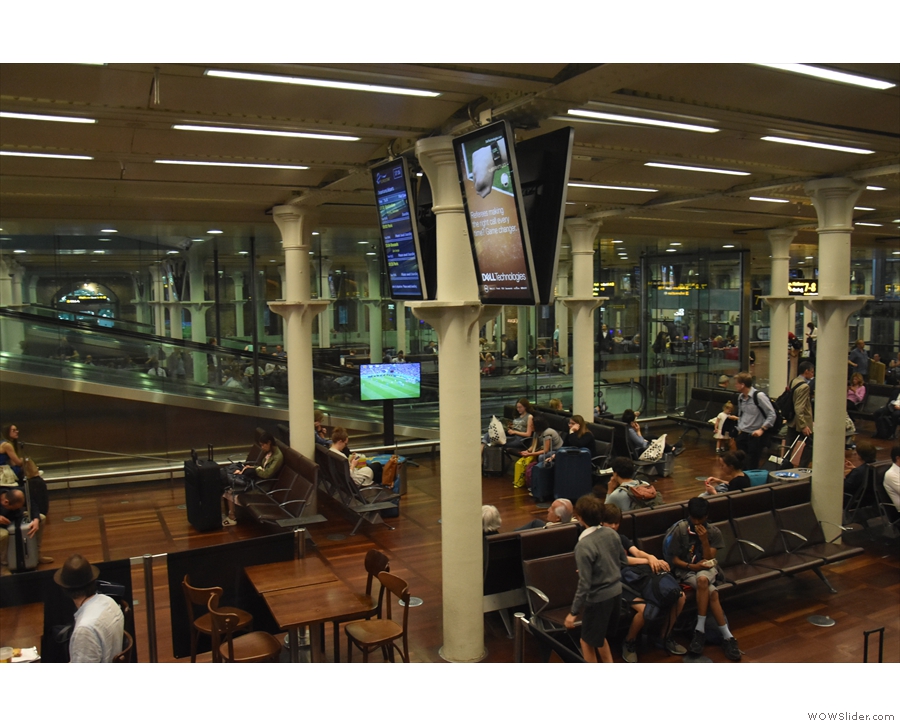
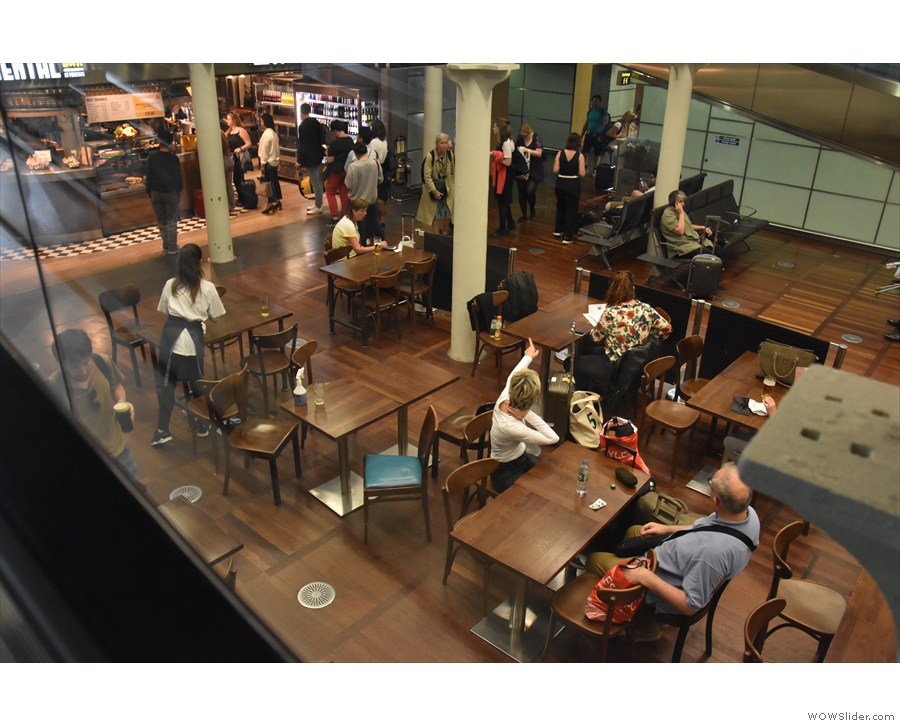
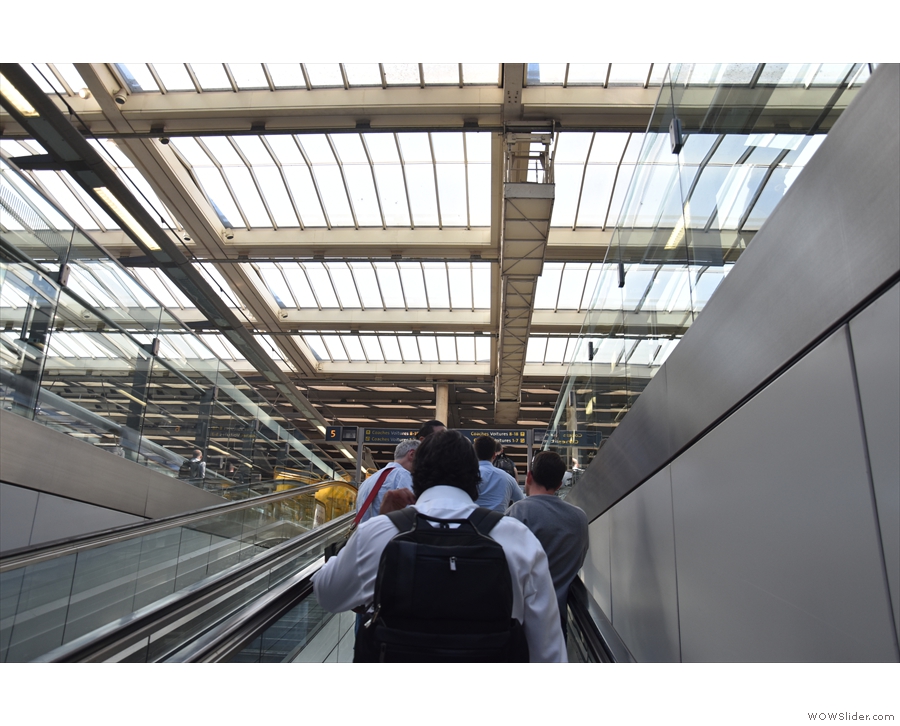
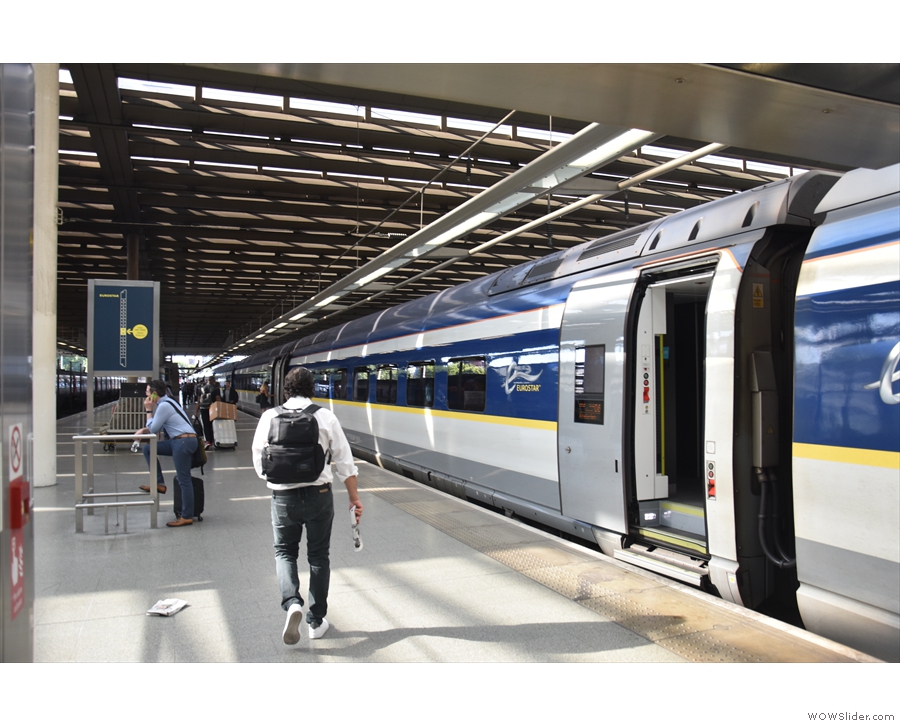
 1
1 2
2 3
3 4
4 5
5 6
6 7
7 8
8 9
9 10
10 11
11 12
12 13
13 14
14 15
15 16
16 17
17 18
18 19
19 20
20 21
21 22
22 23
23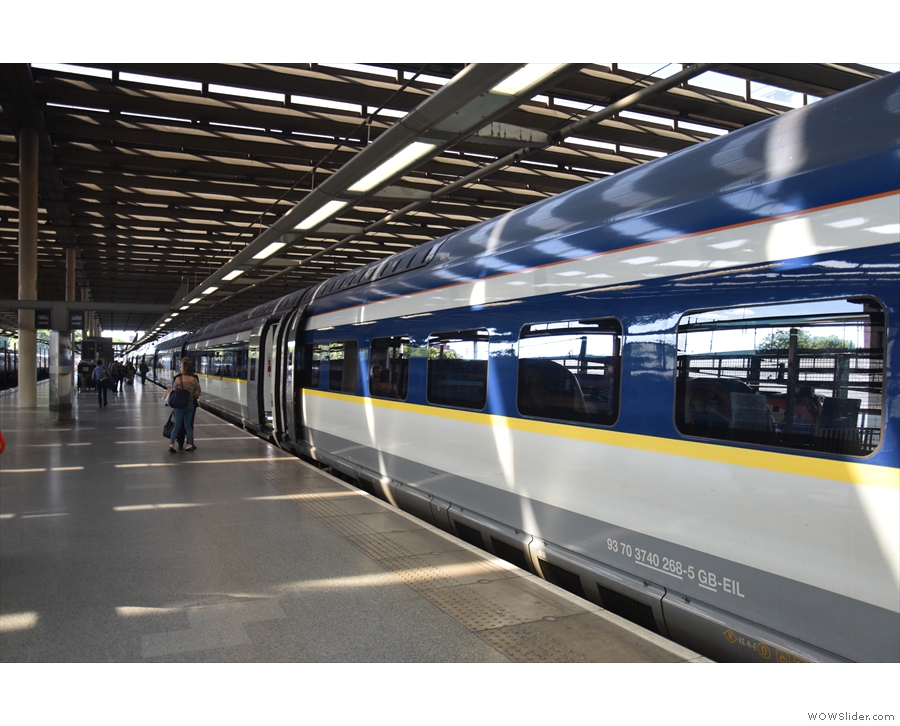
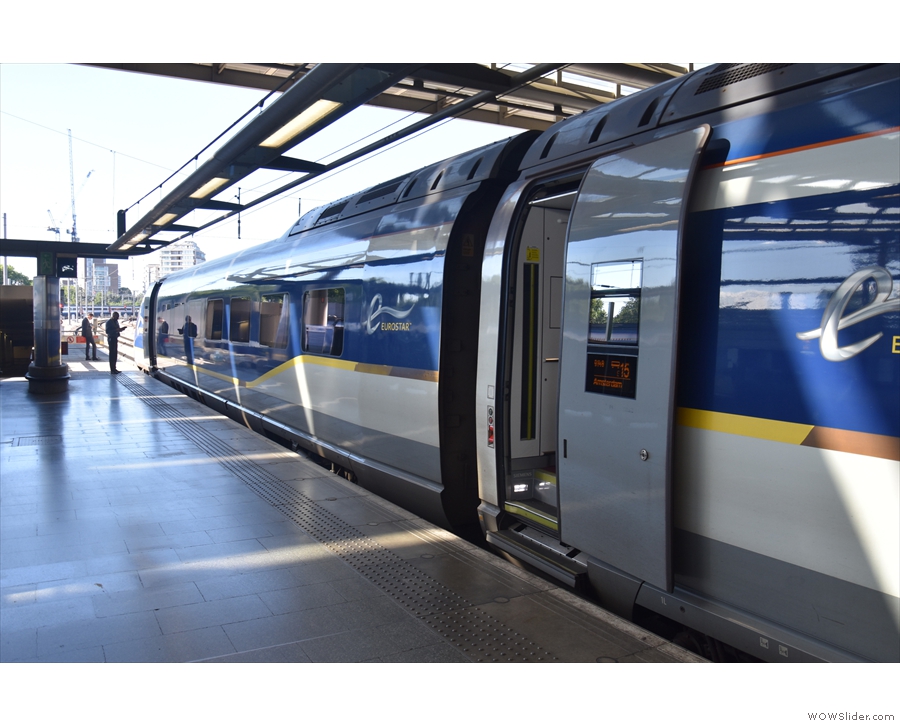
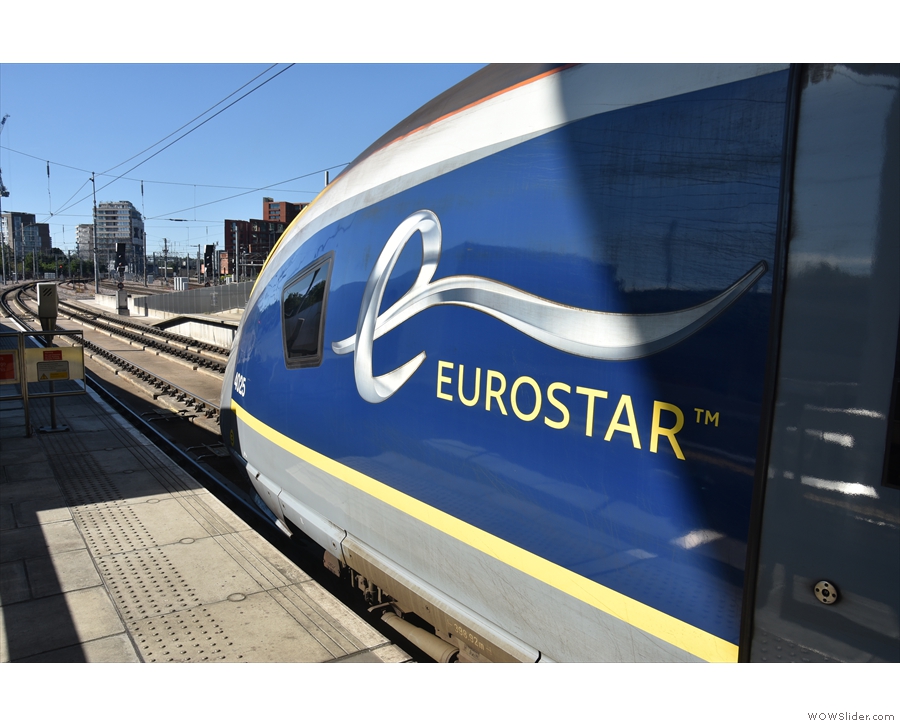
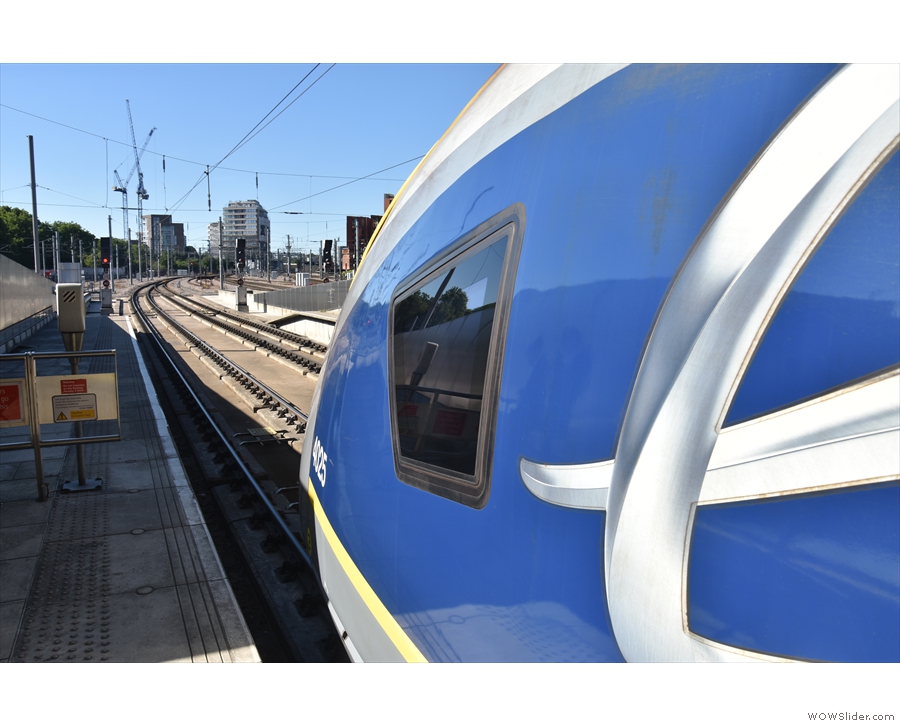

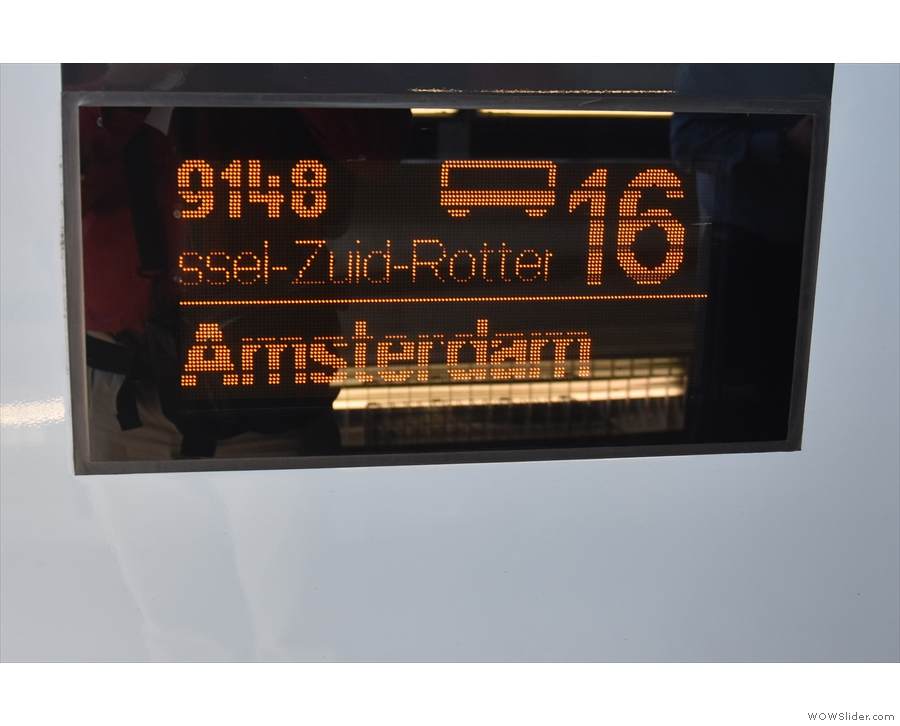
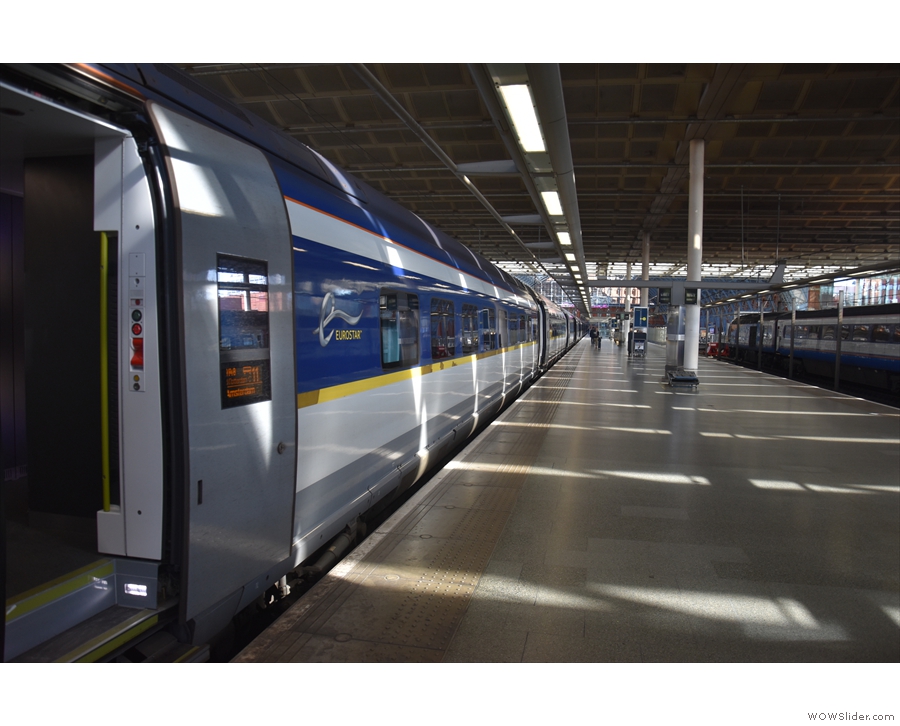
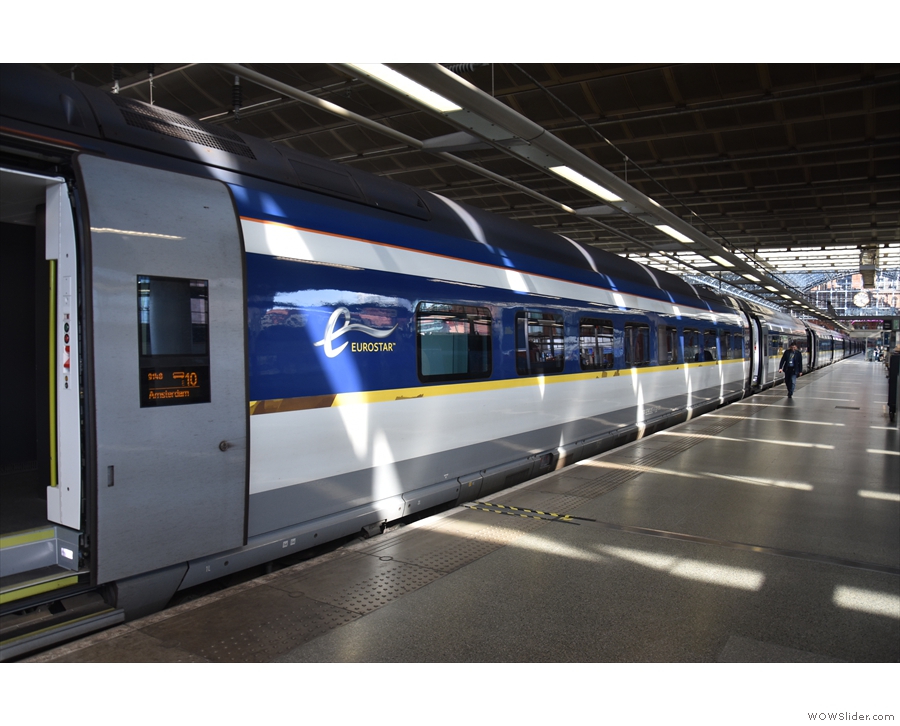
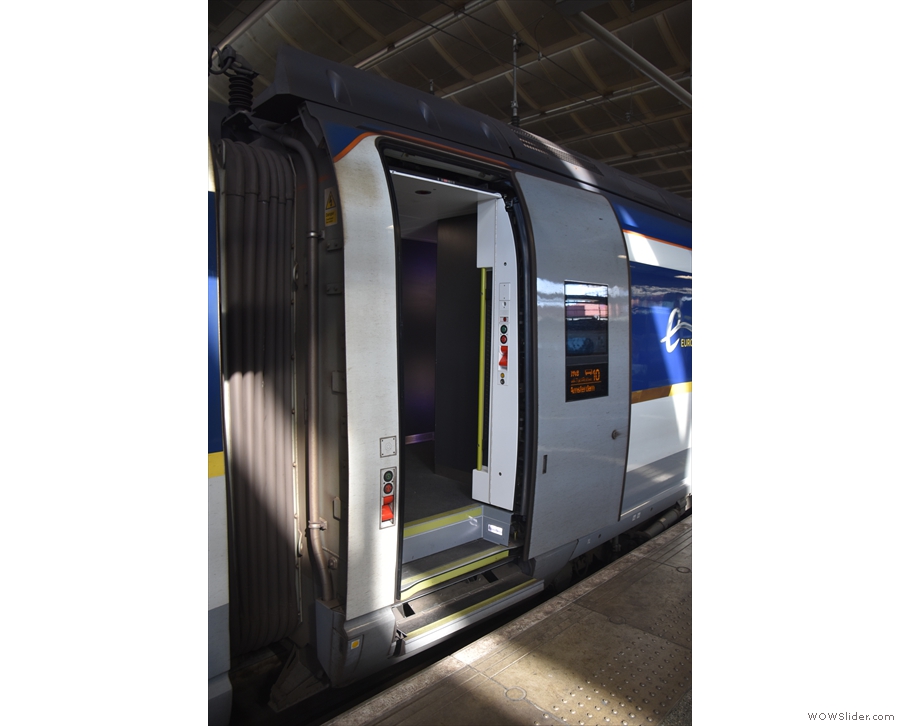
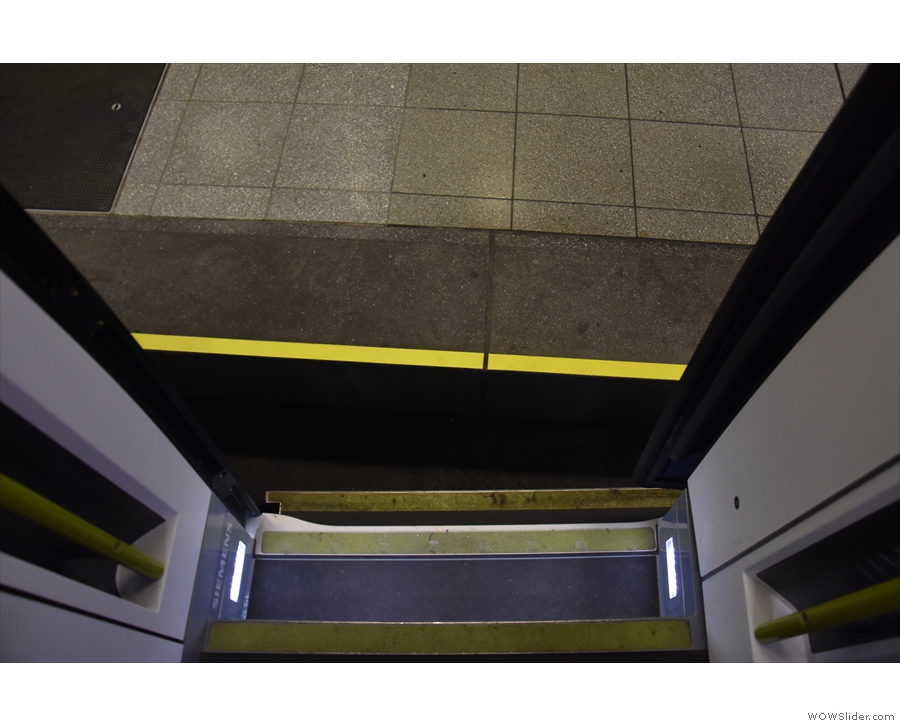
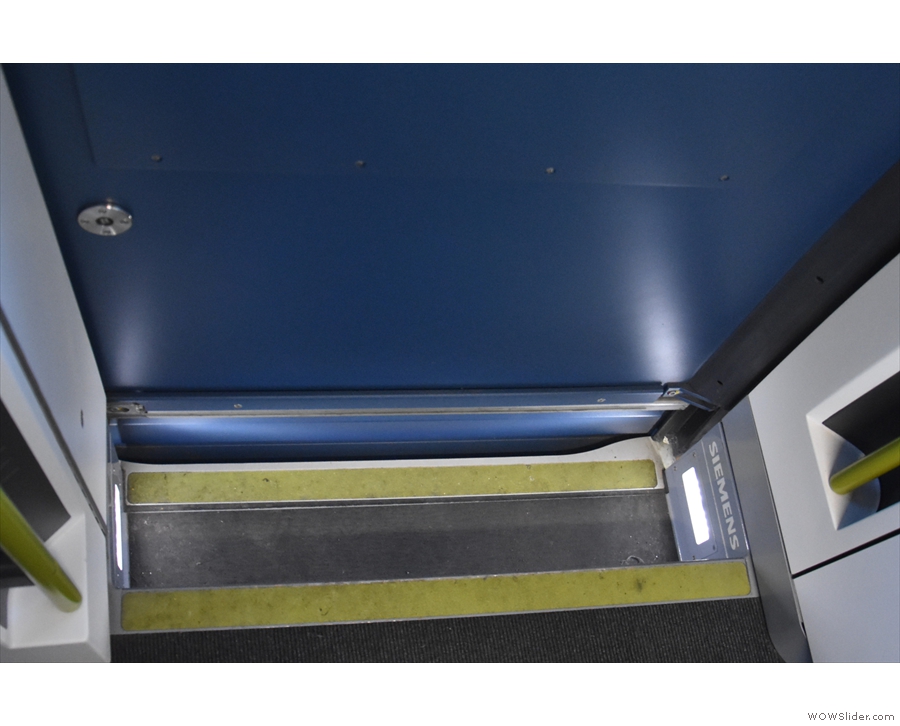
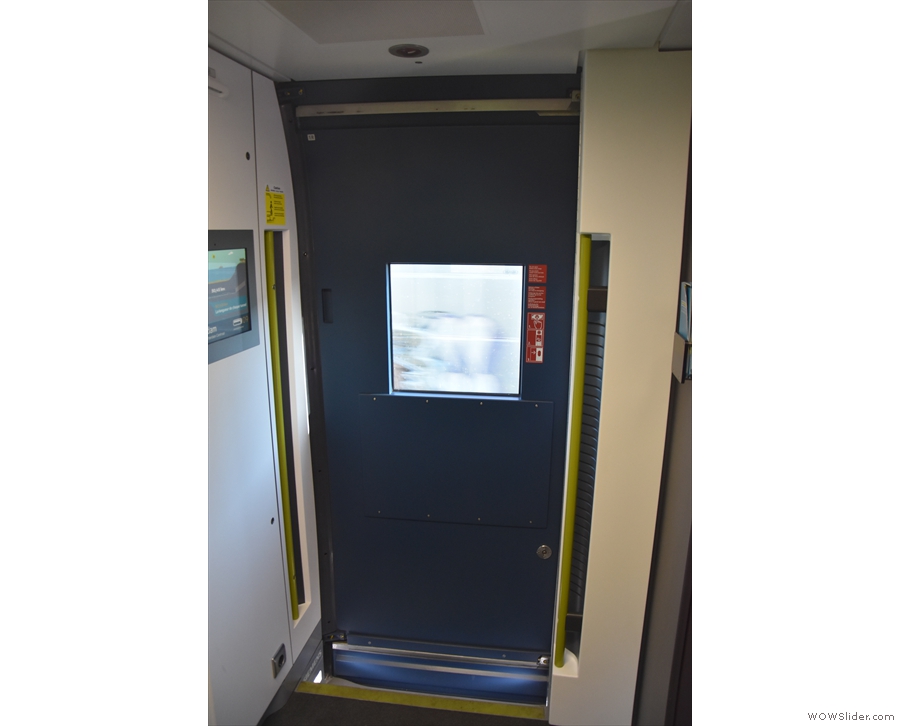
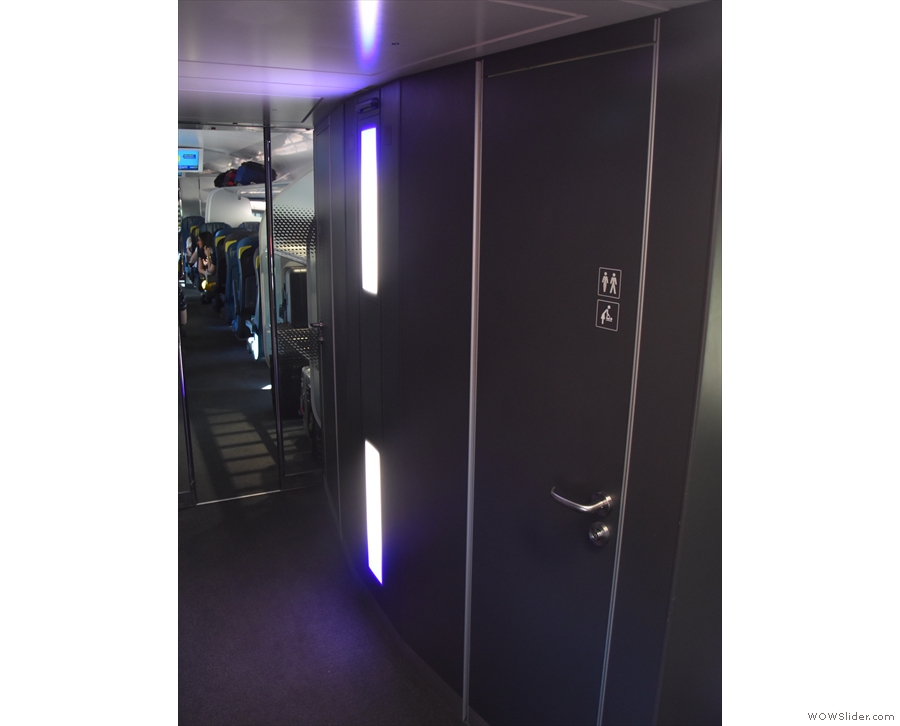
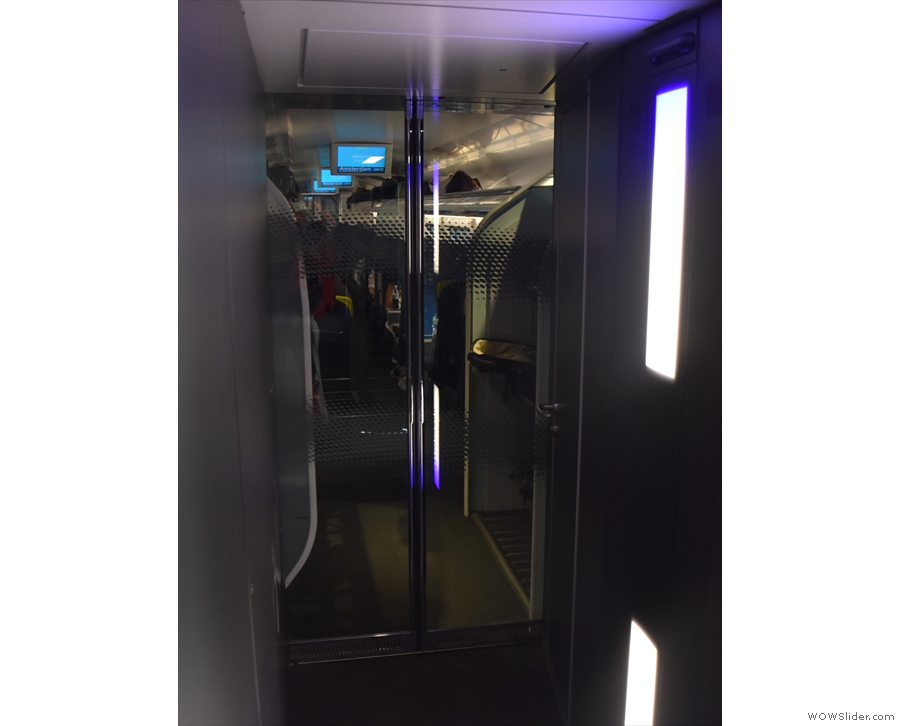
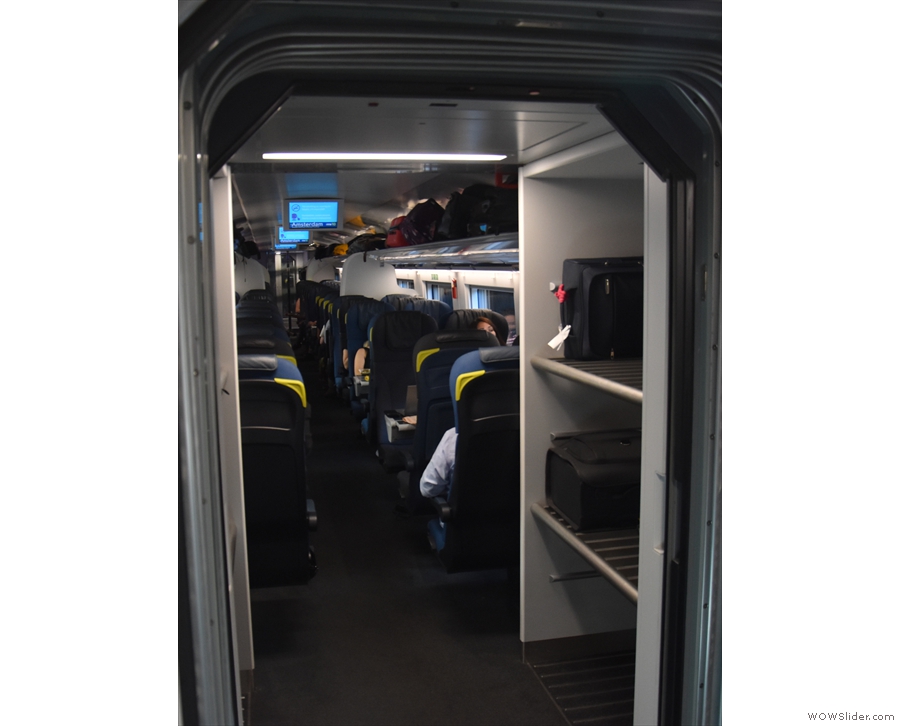
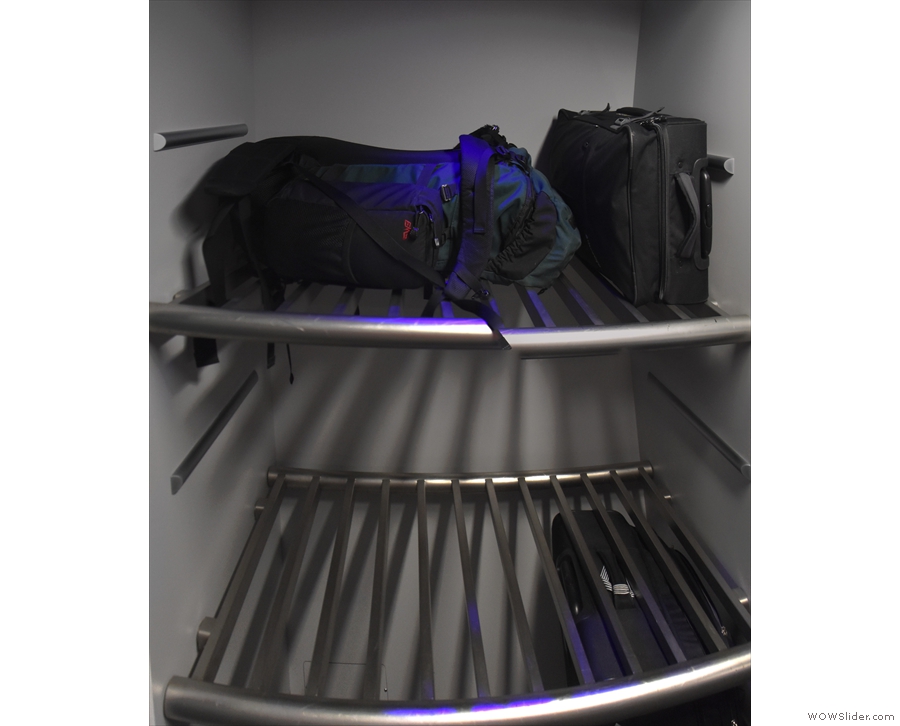

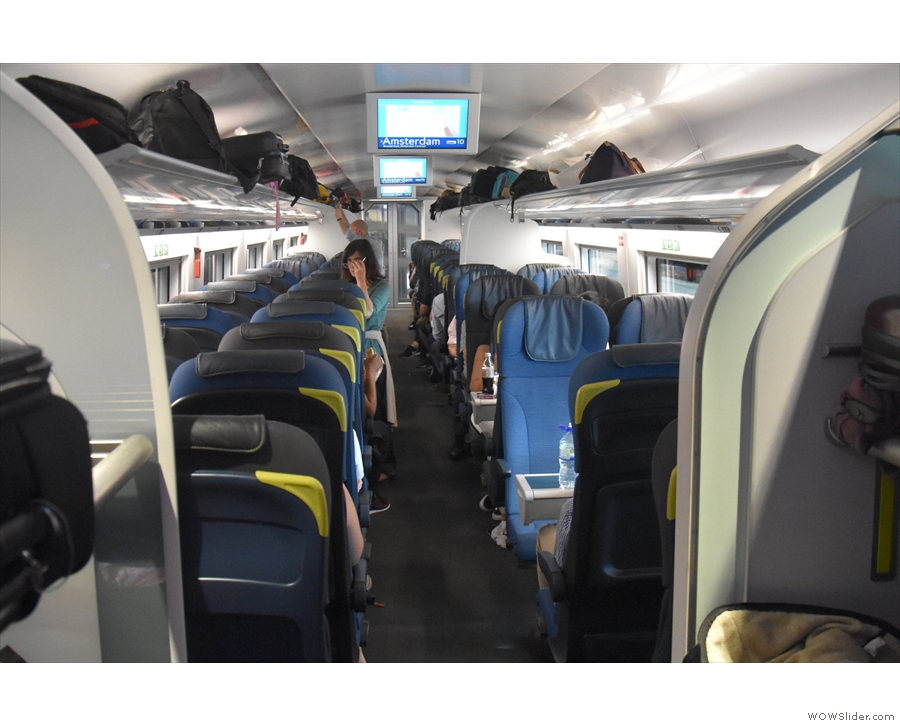
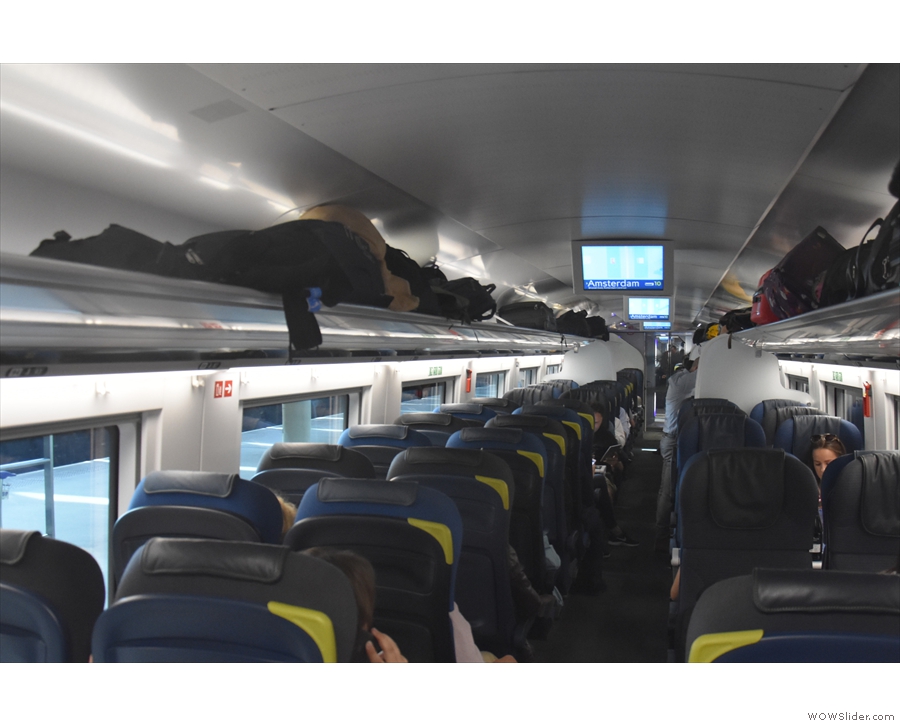
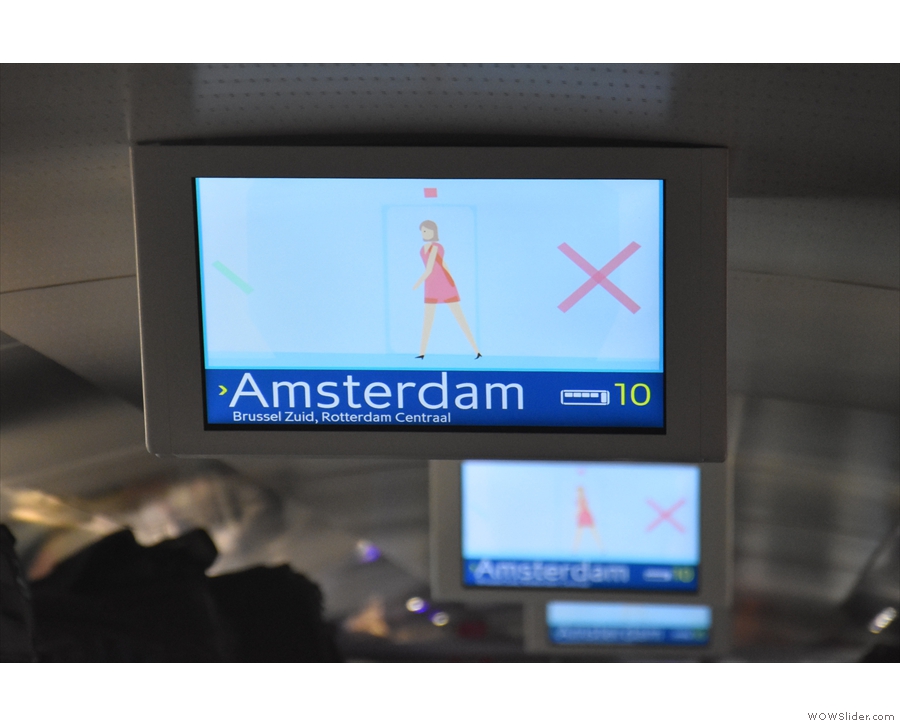
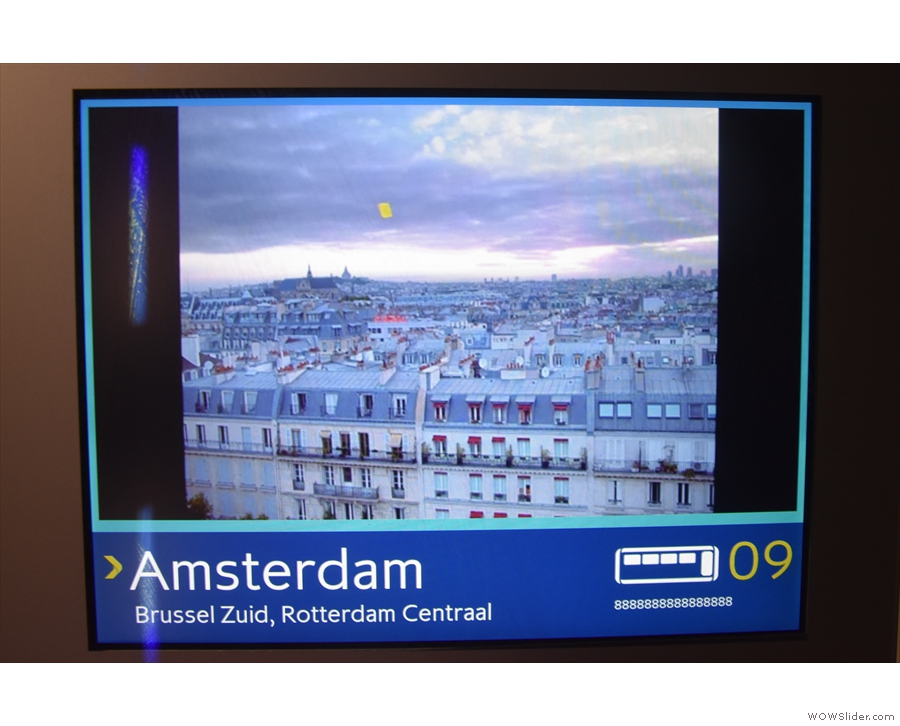
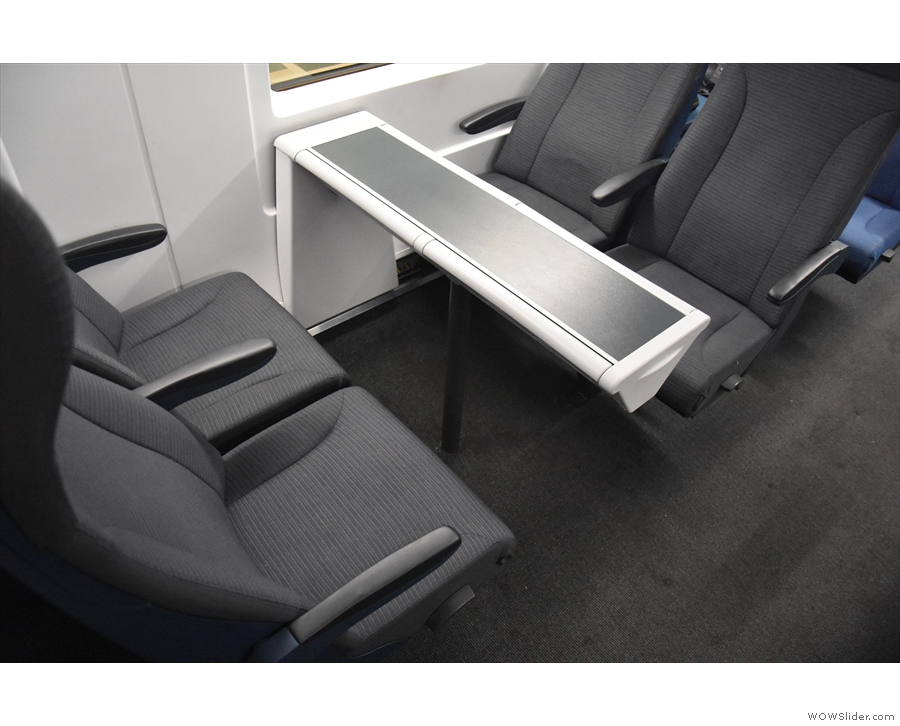
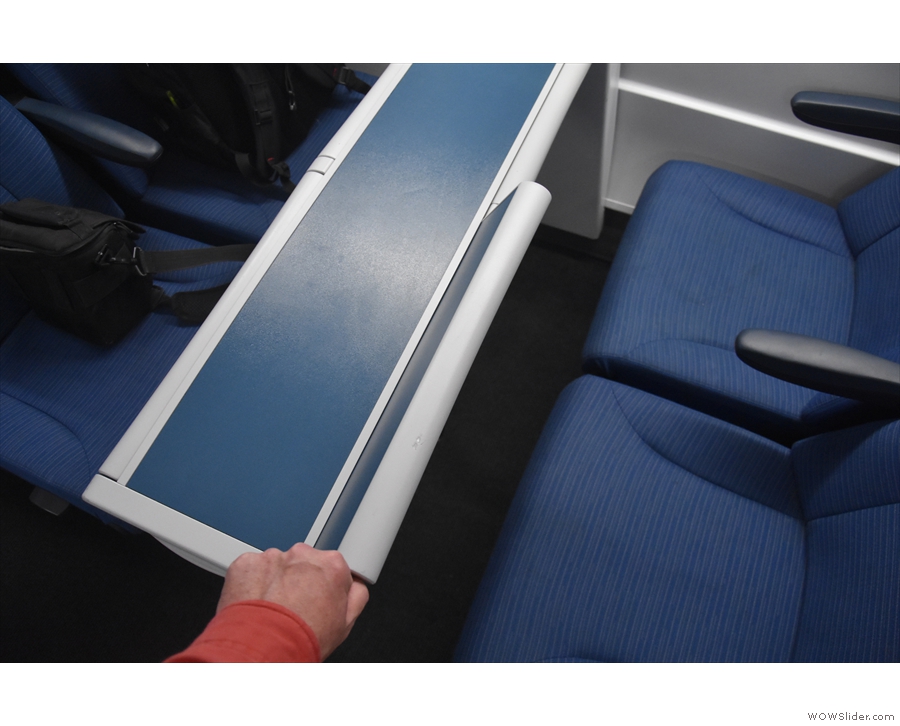
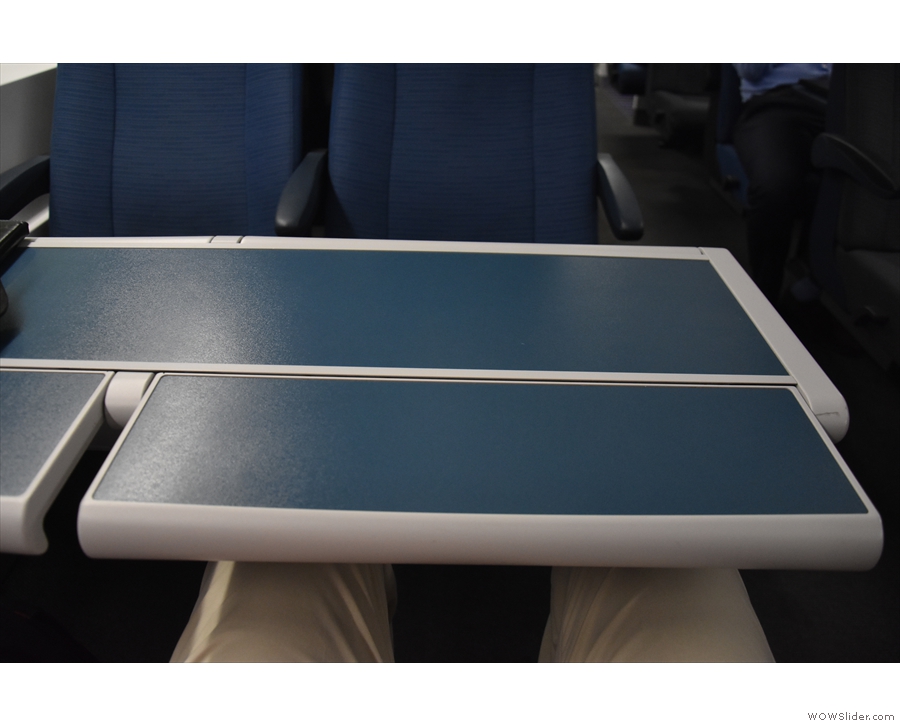
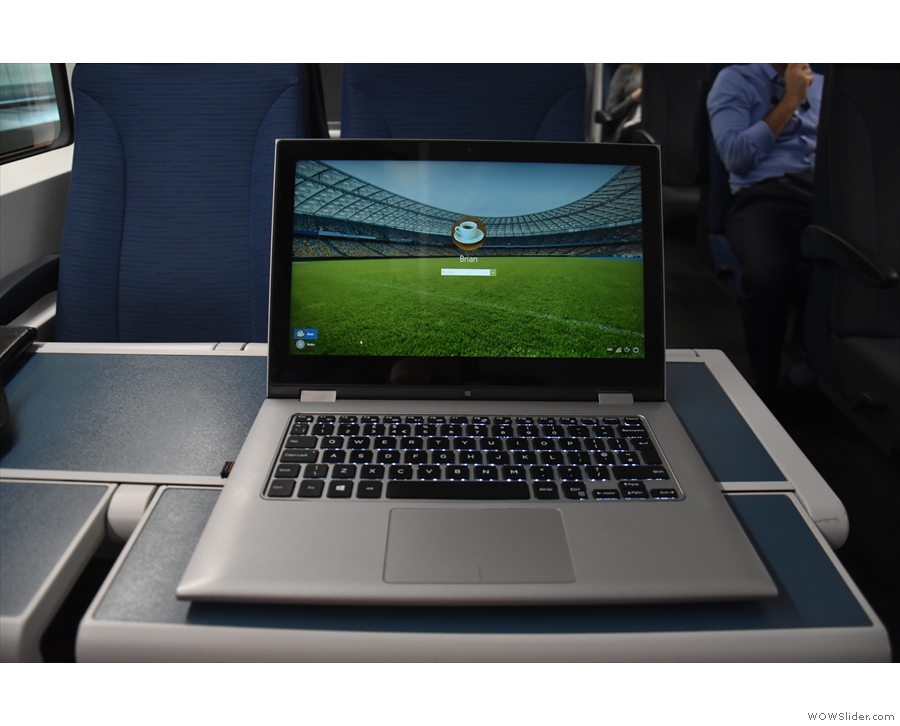
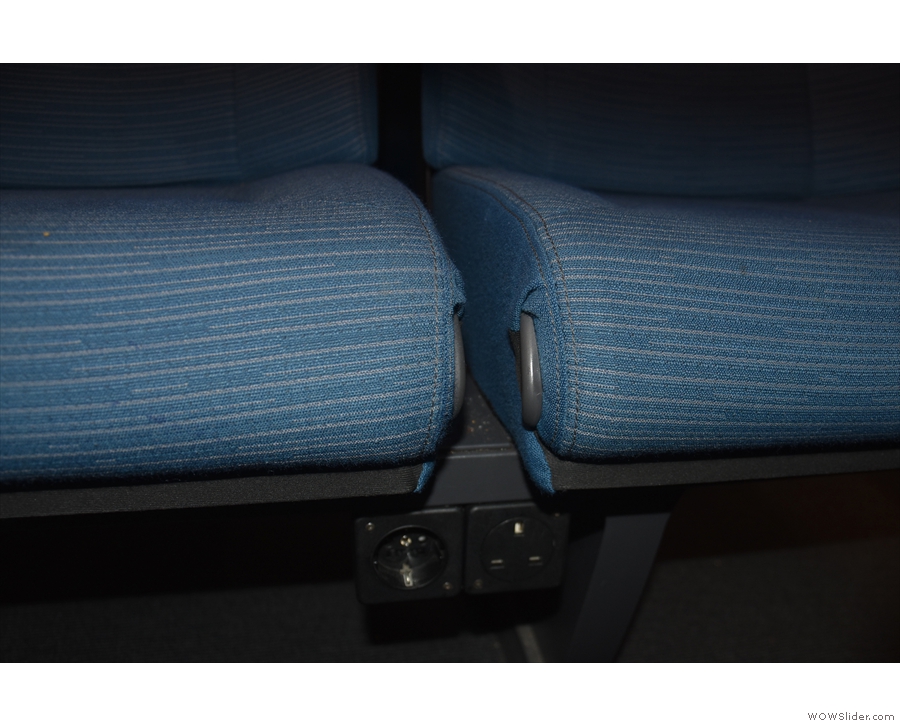
 1
1 2
2 3
3 4
4 5
5 6
6 7
7 8
8 9
9 10
10 11
11 12
12 13
13 14
14 15
15 16
16 17
17 18
18 19
19 20
20 21
21 22
22 23
23 24
24 25
25 26
26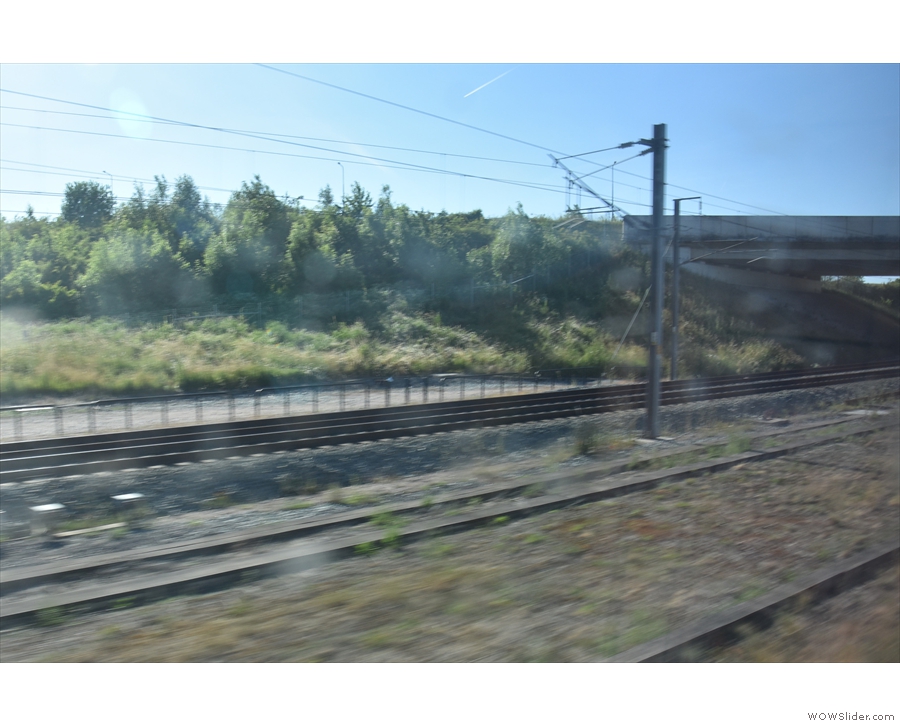
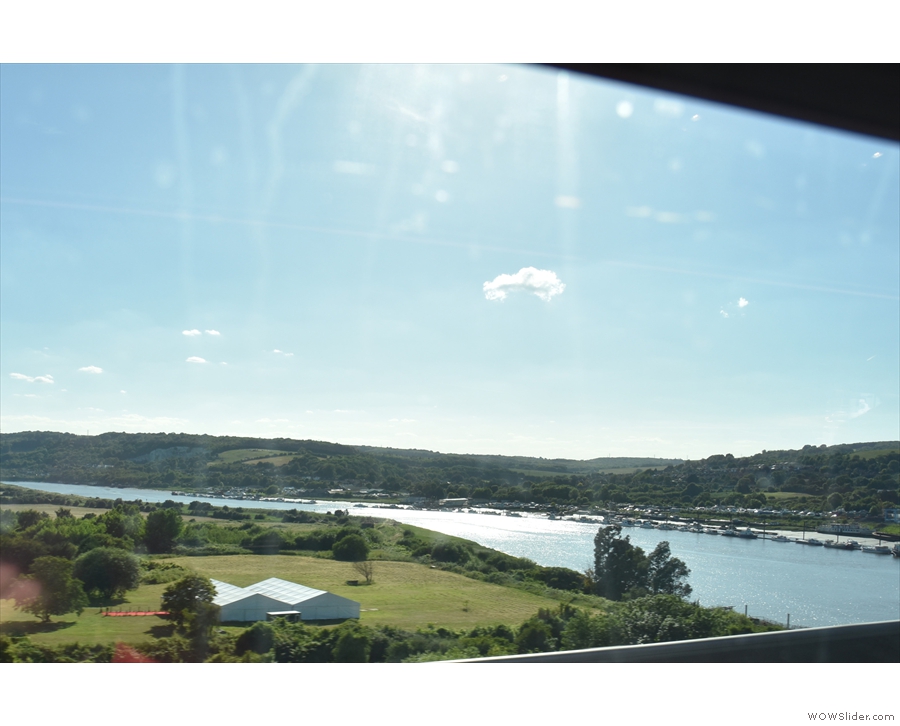
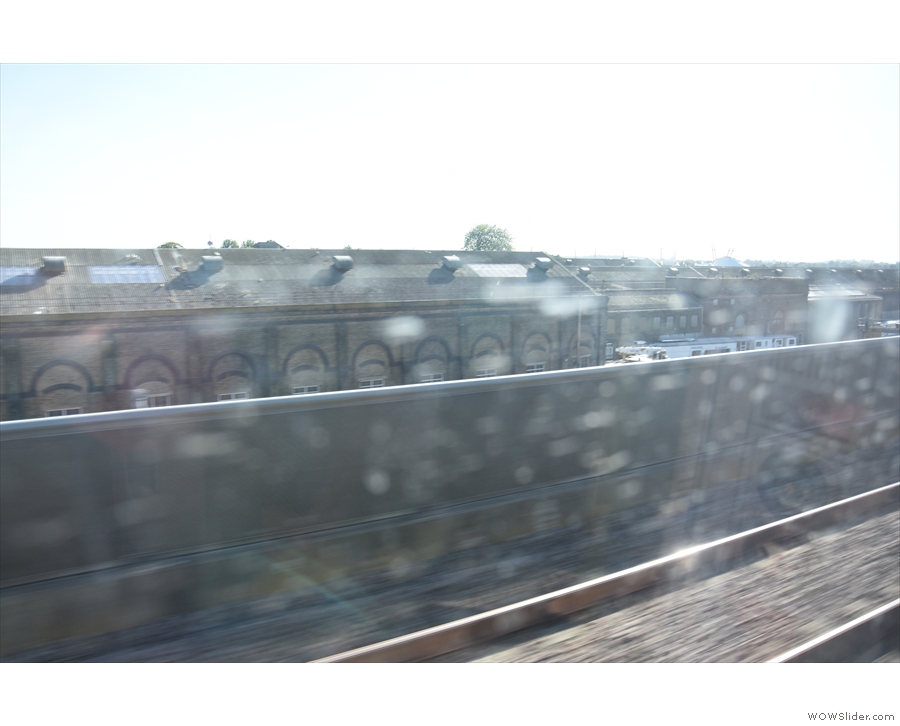
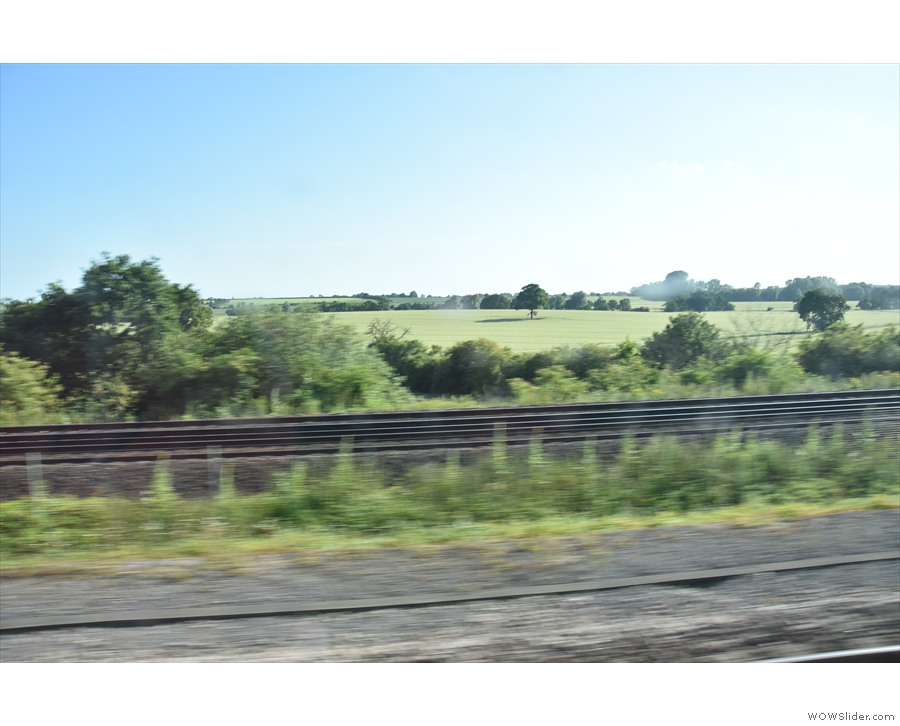
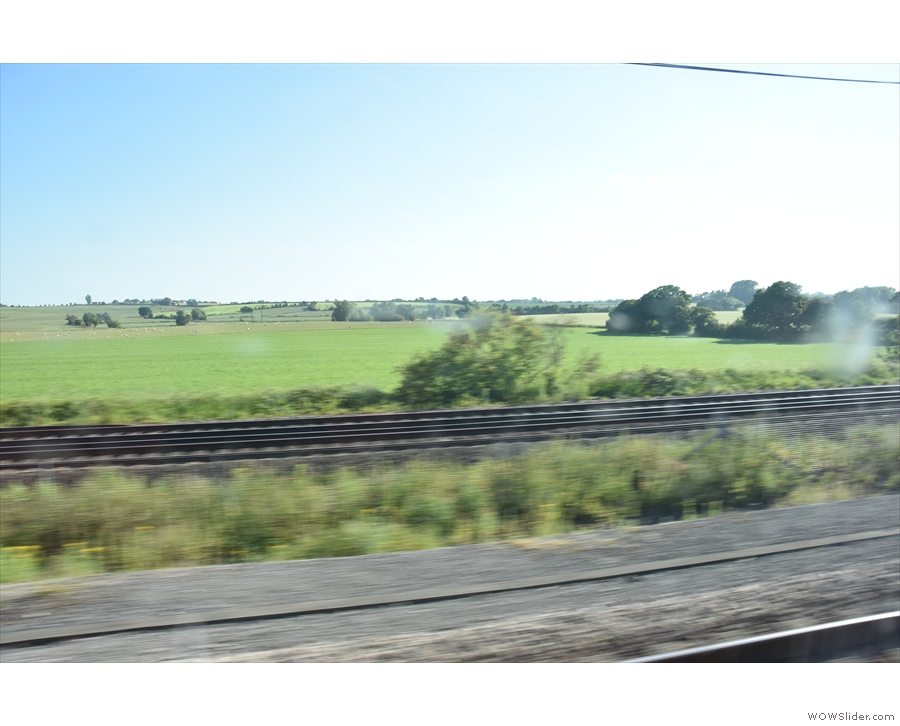
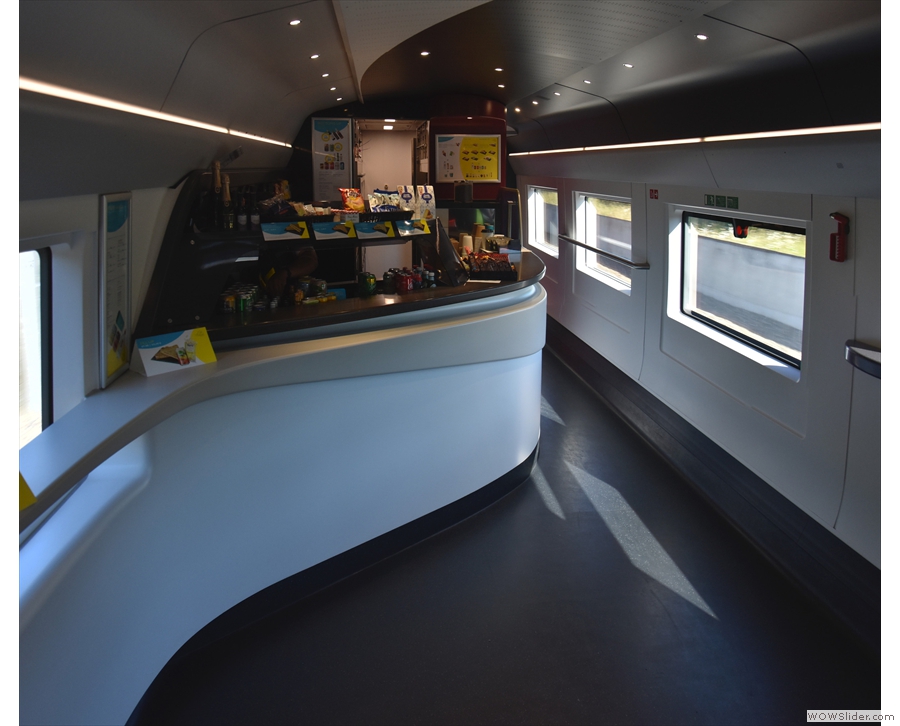
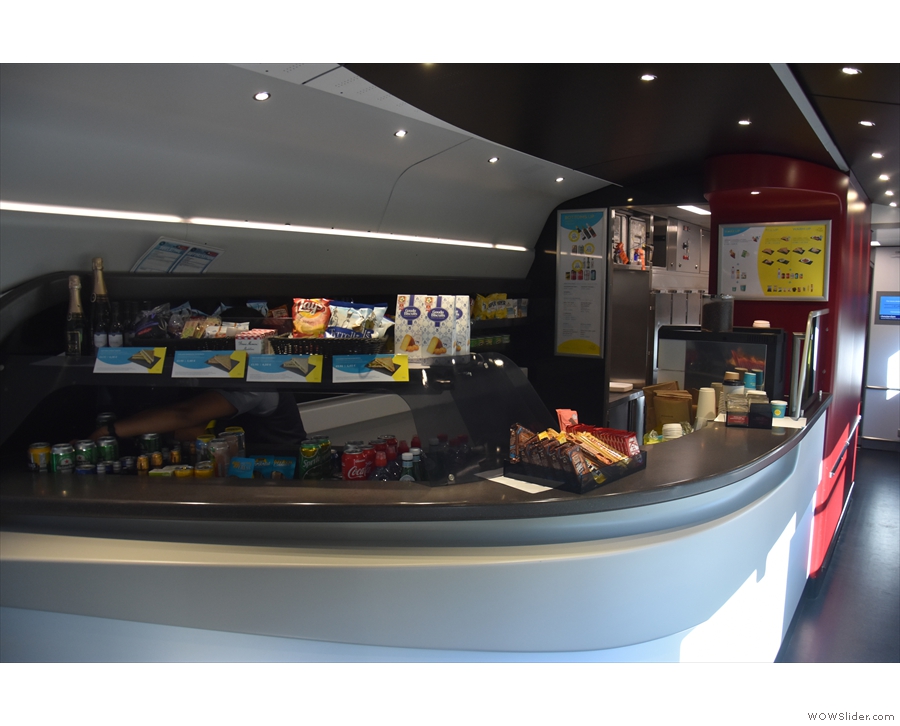
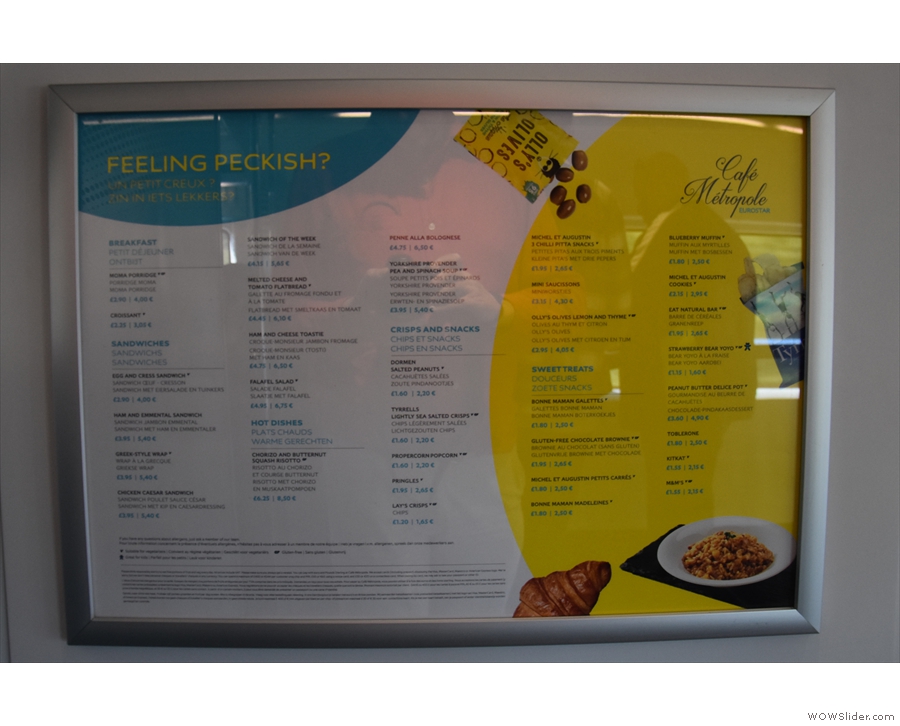
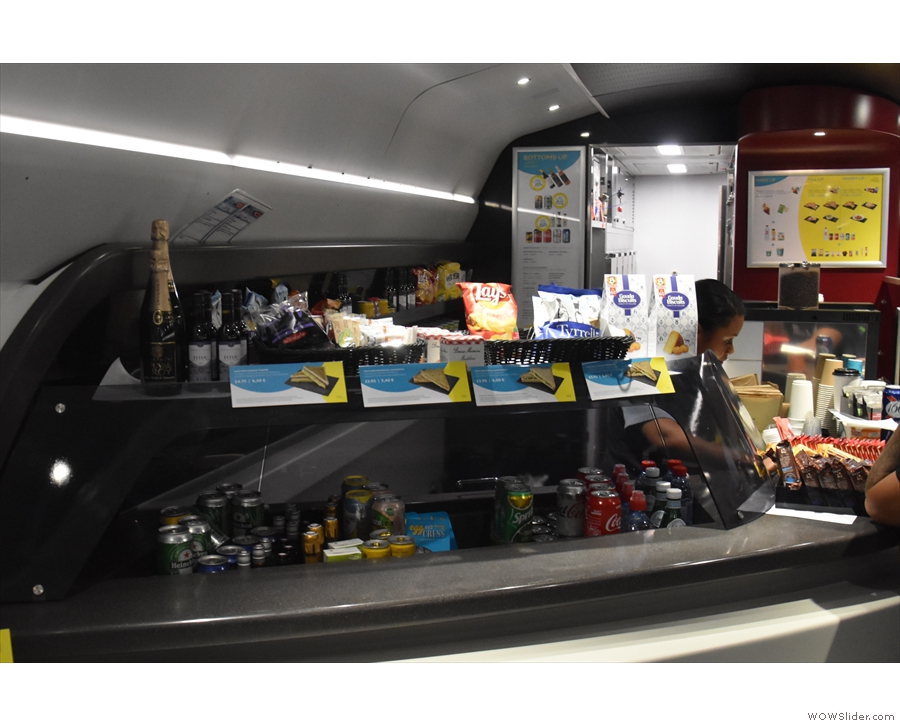
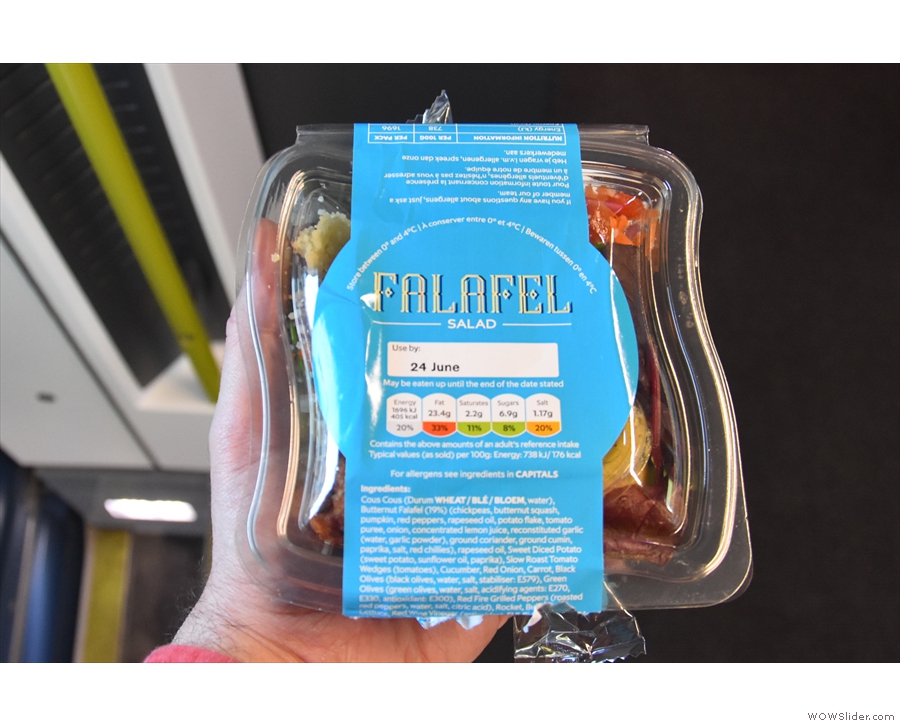
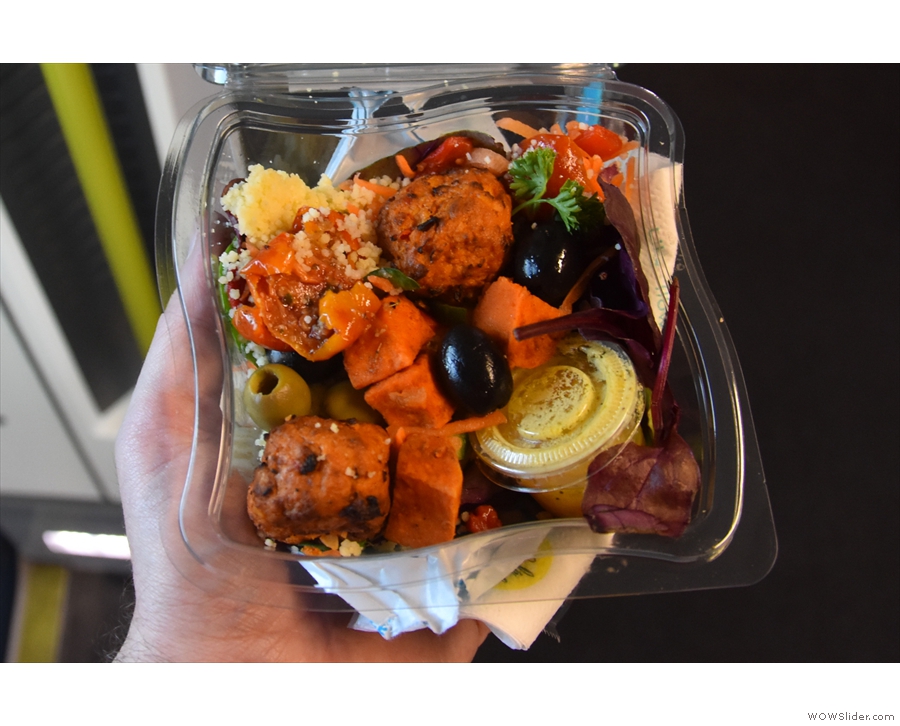
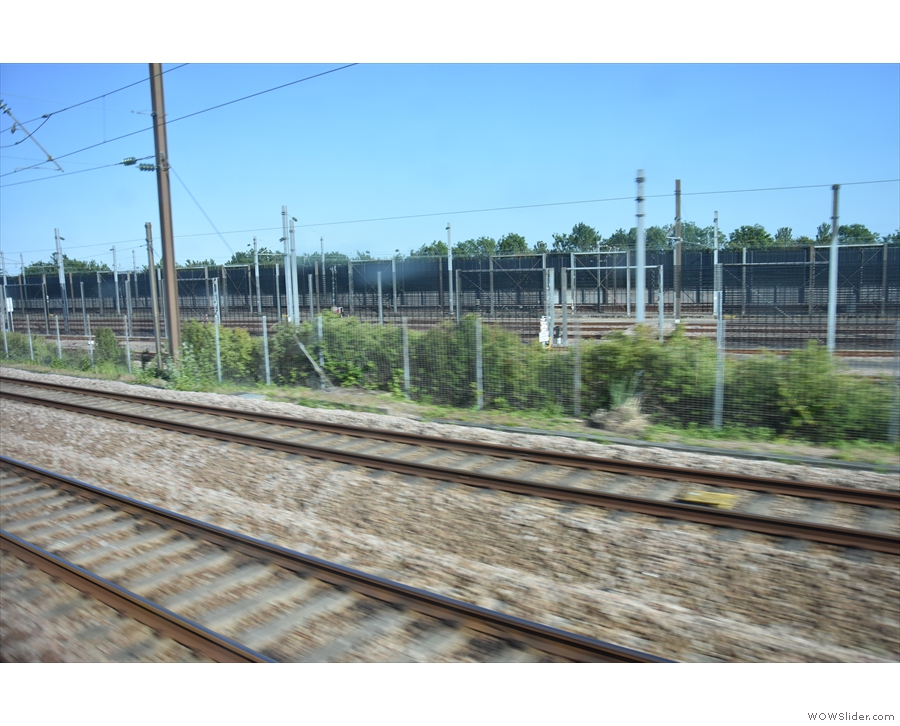
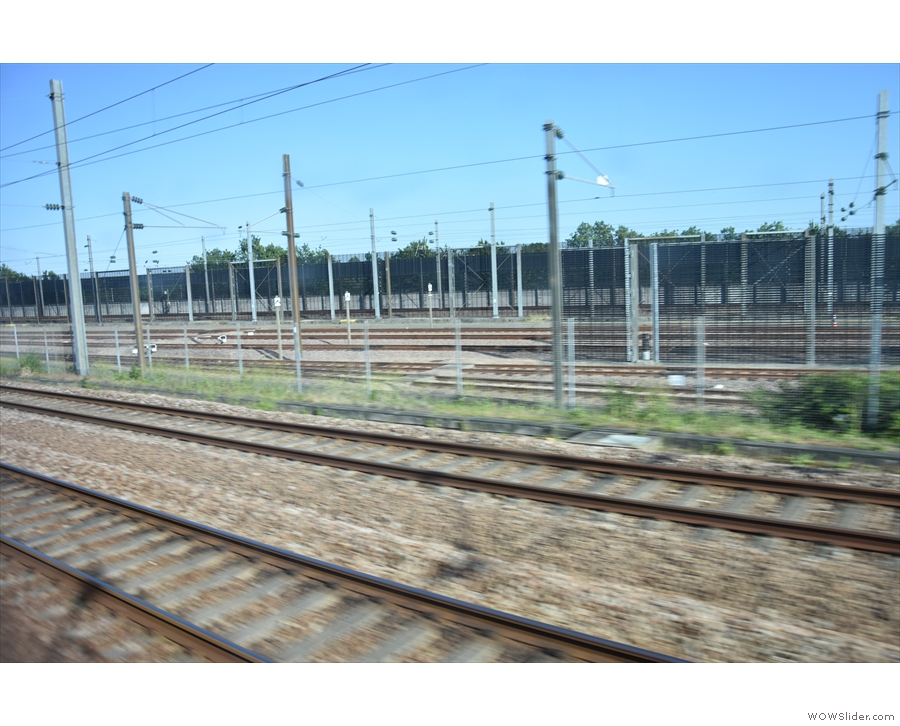
 1
1 2
2 3
3 4
4 5
5 6
6 7
7 8
8 9
9 10
10 11
11 12
12 13
13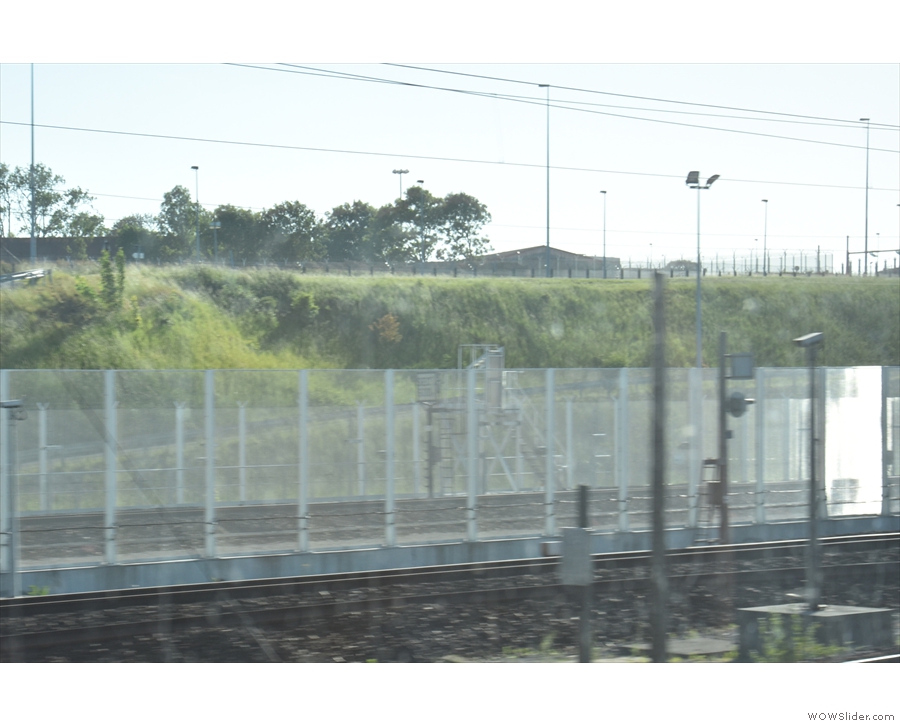
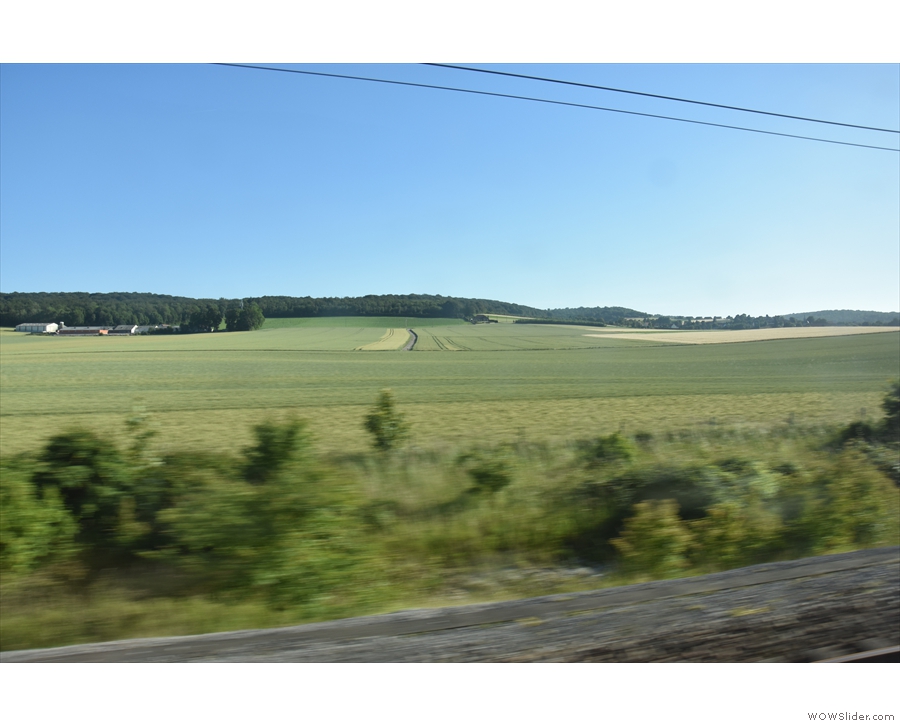
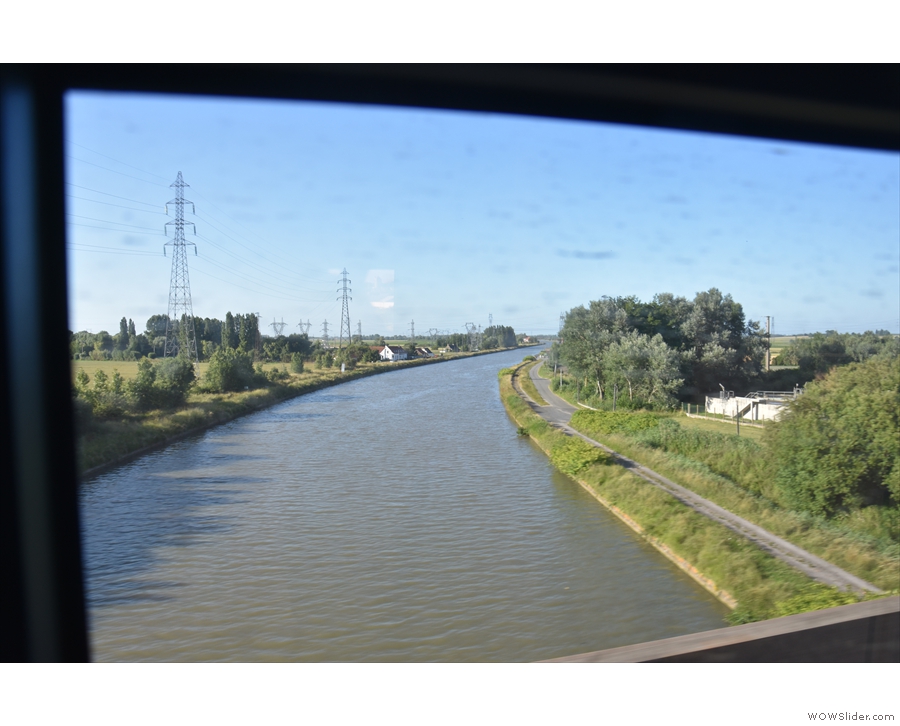
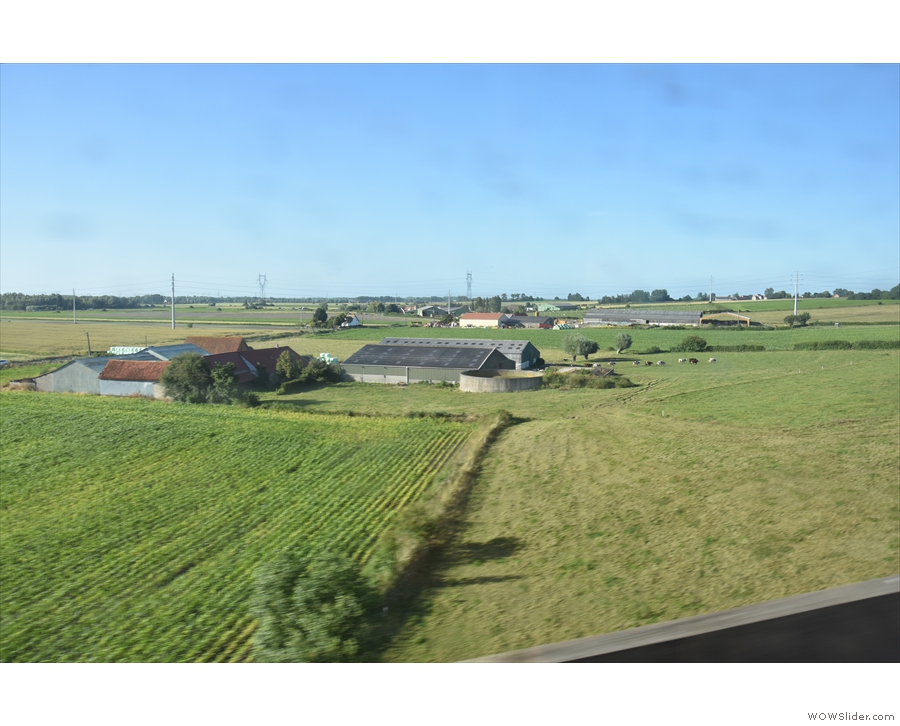
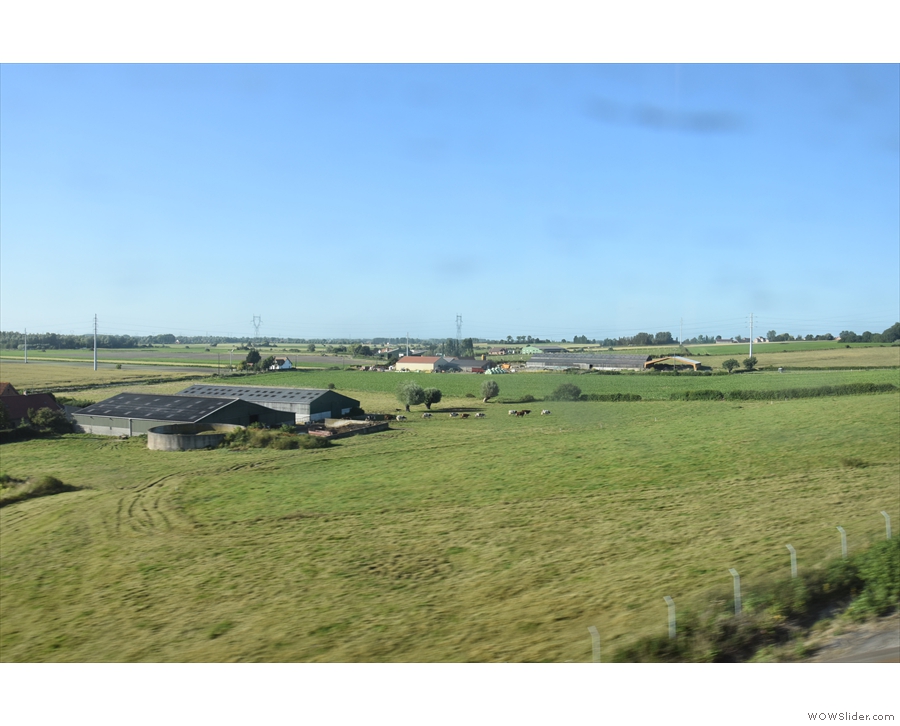
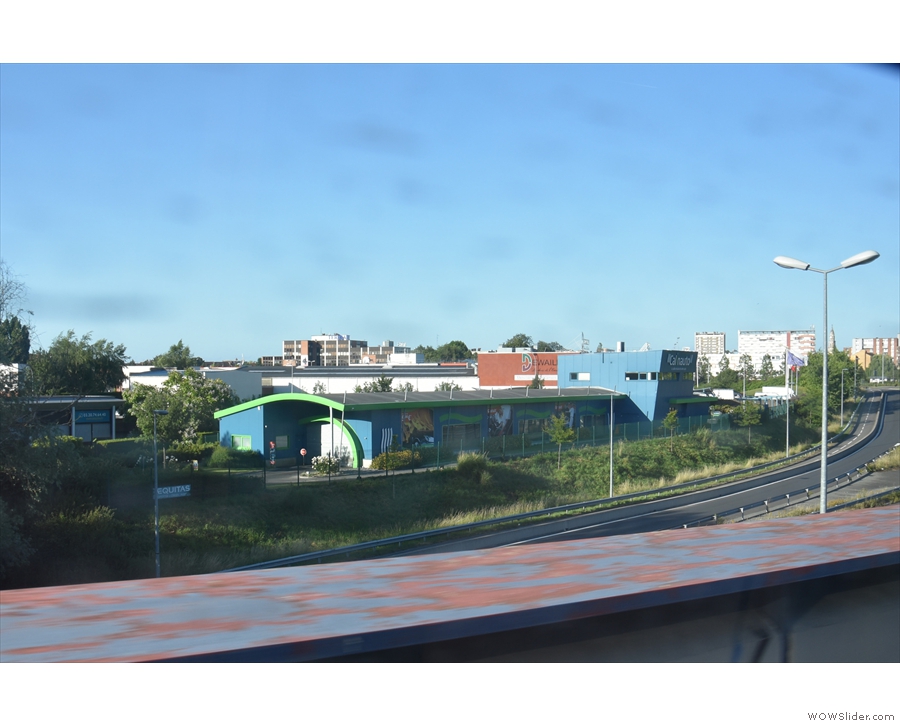
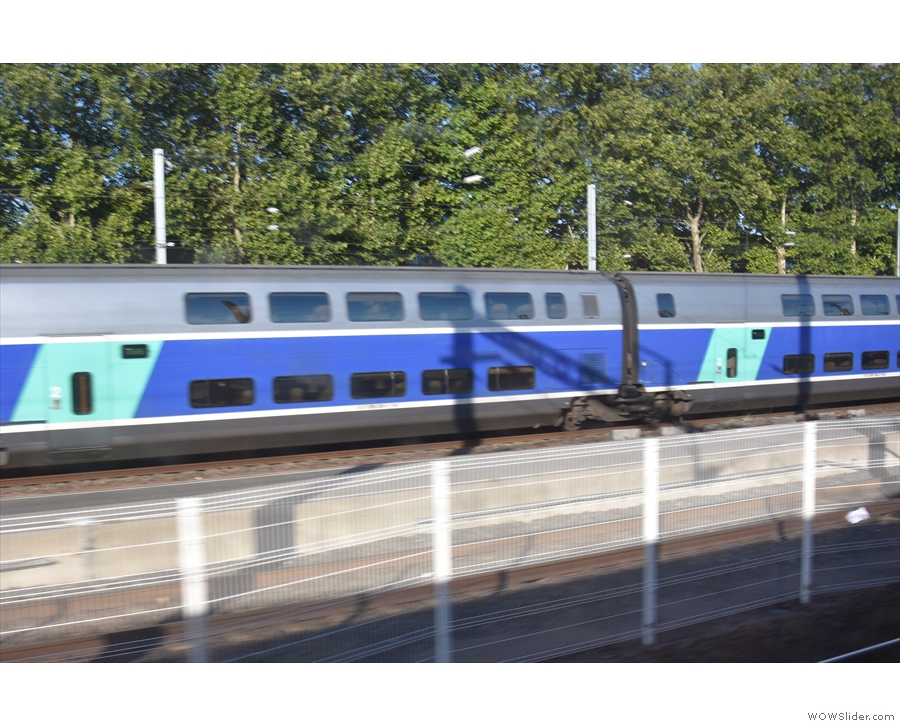
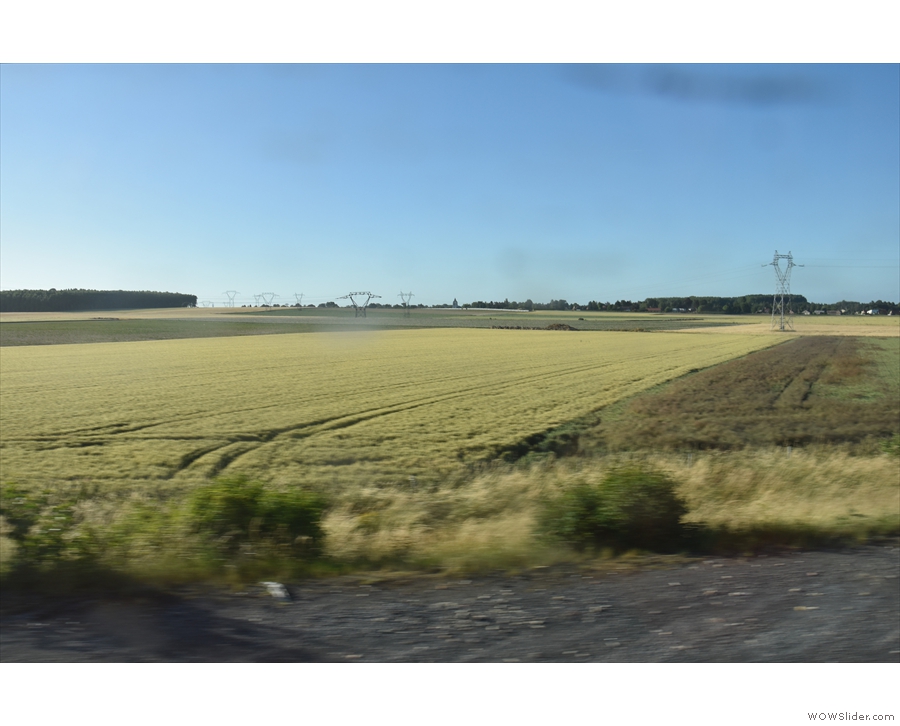

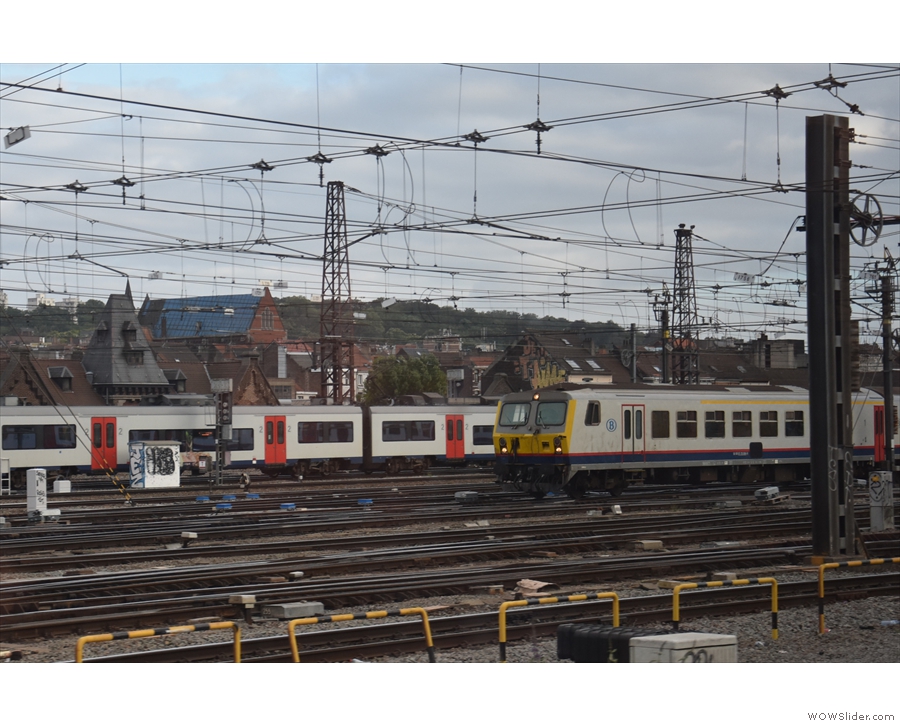
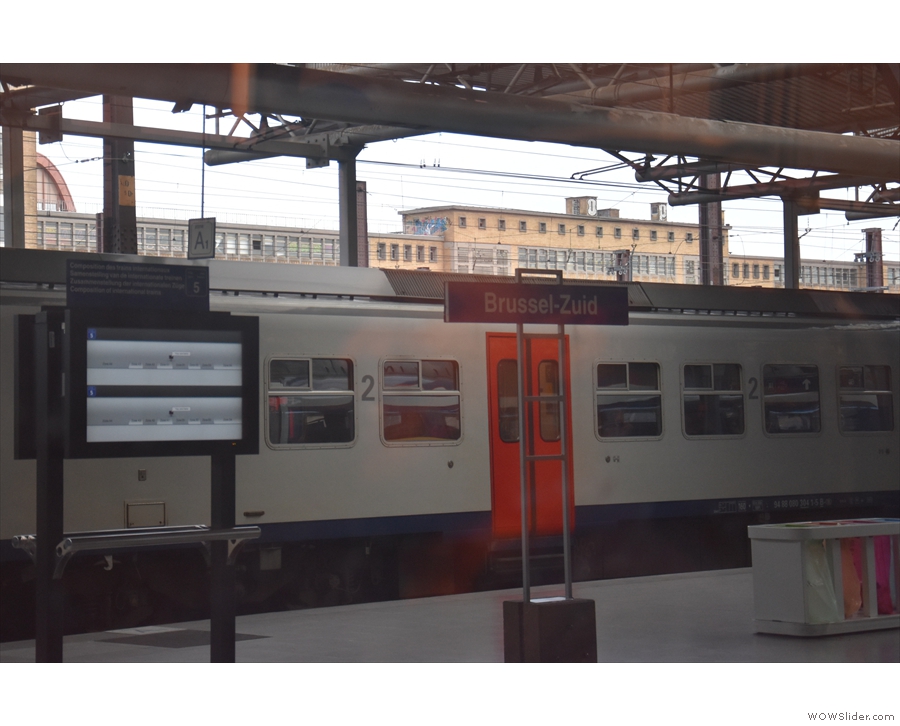
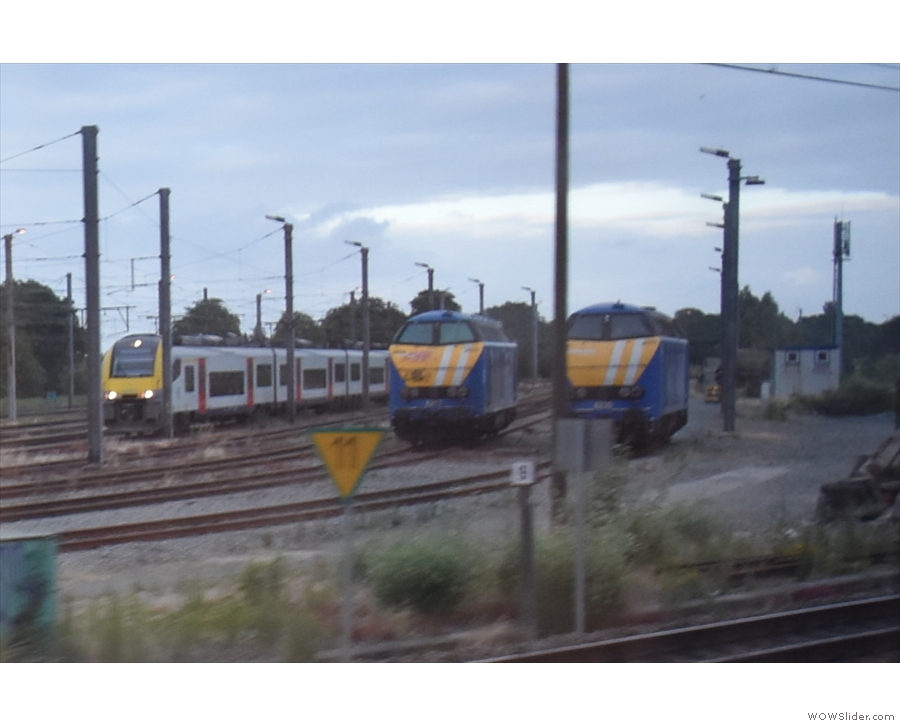
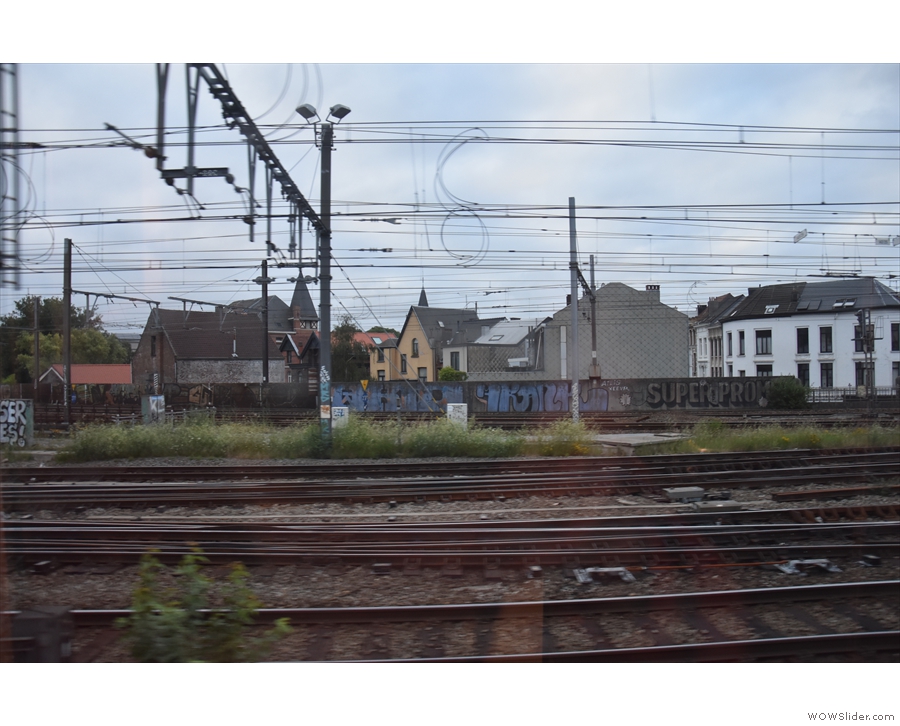
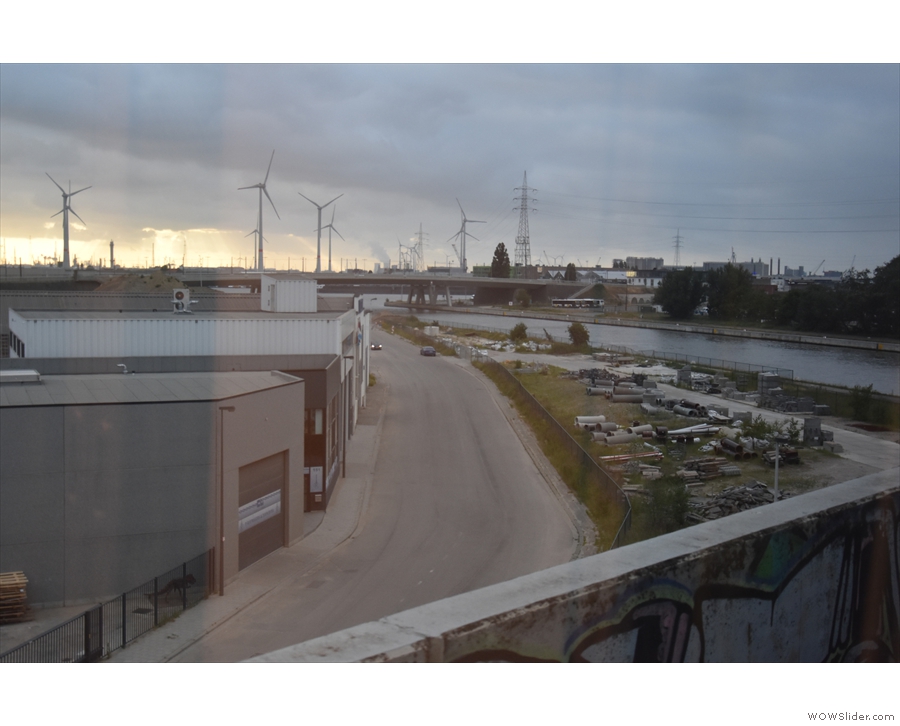
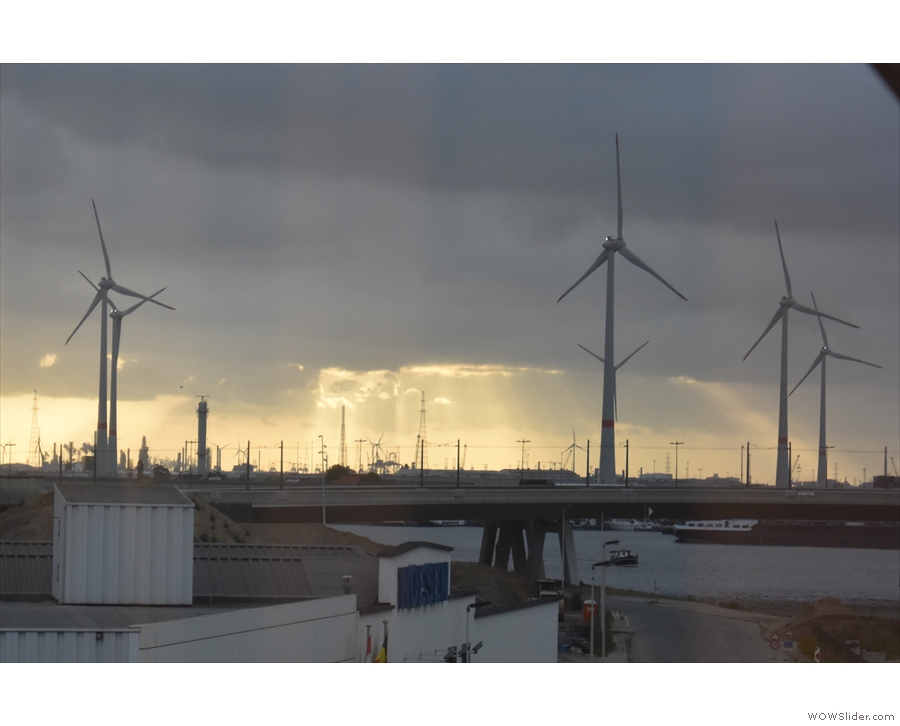
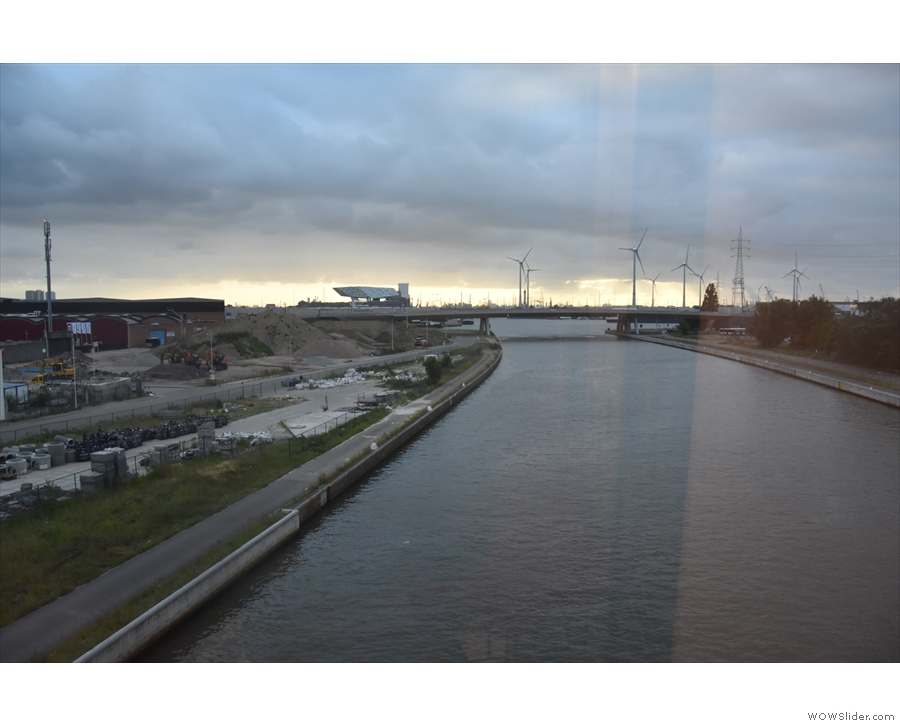
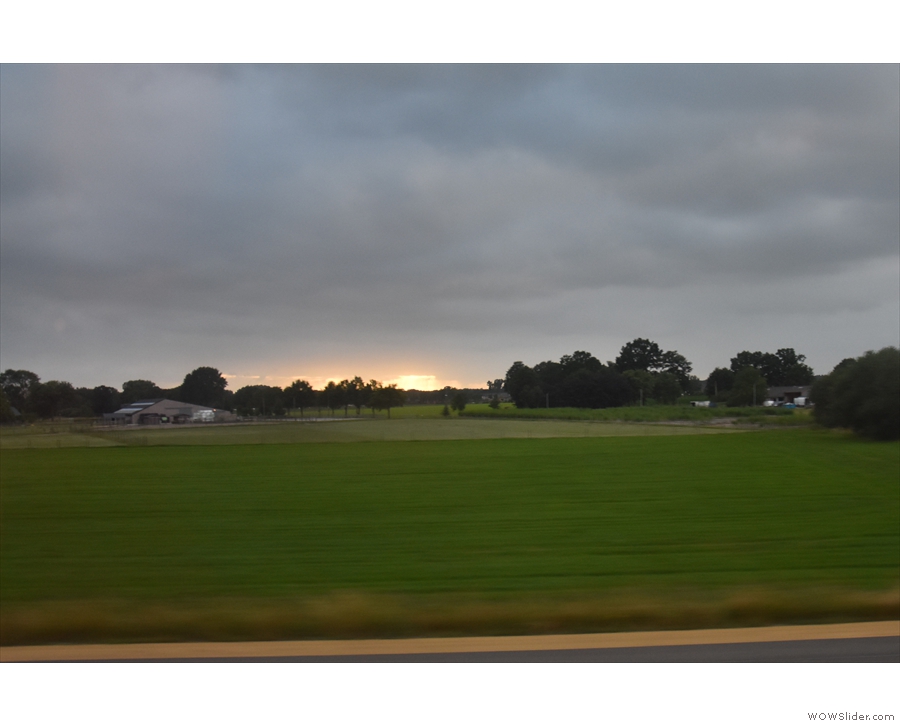
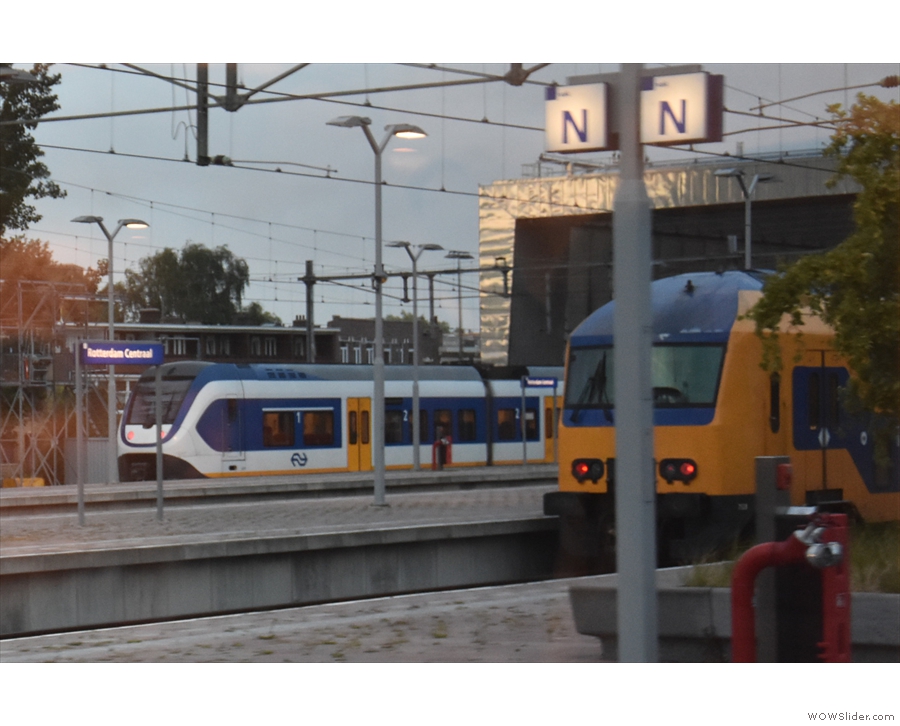
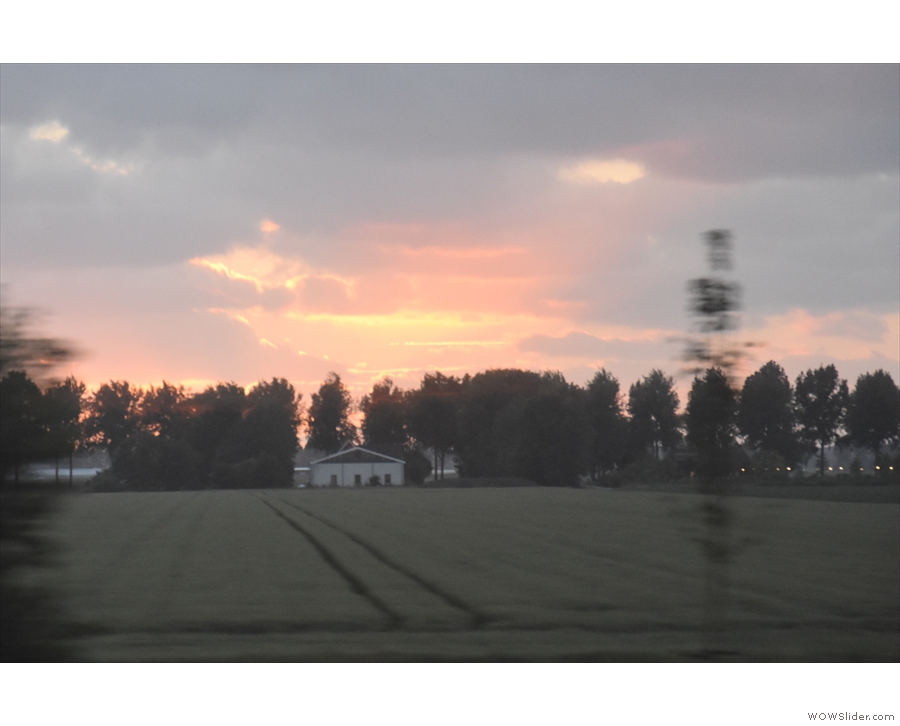
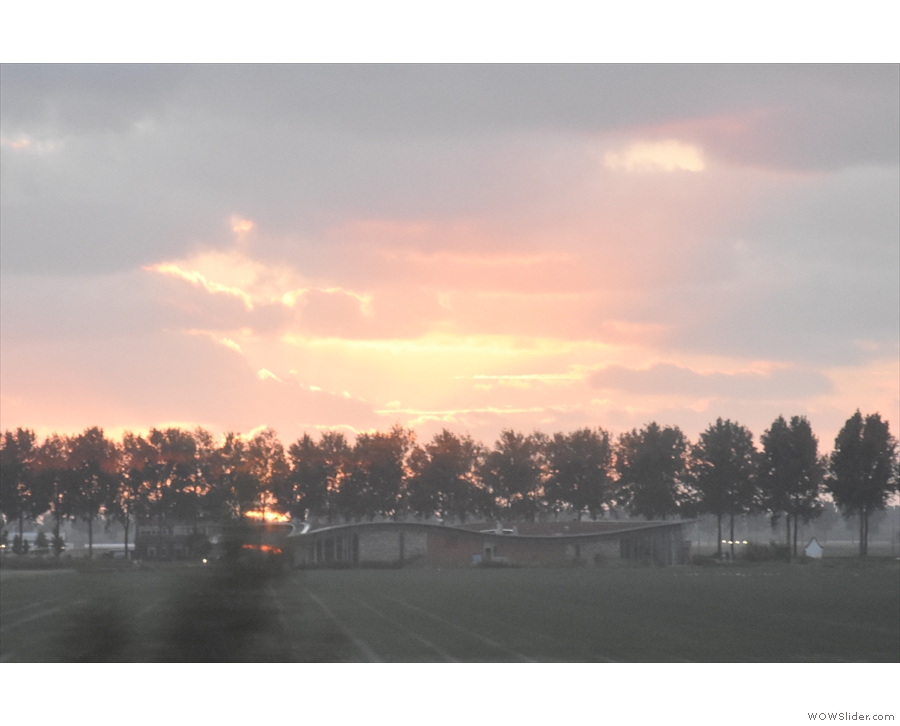
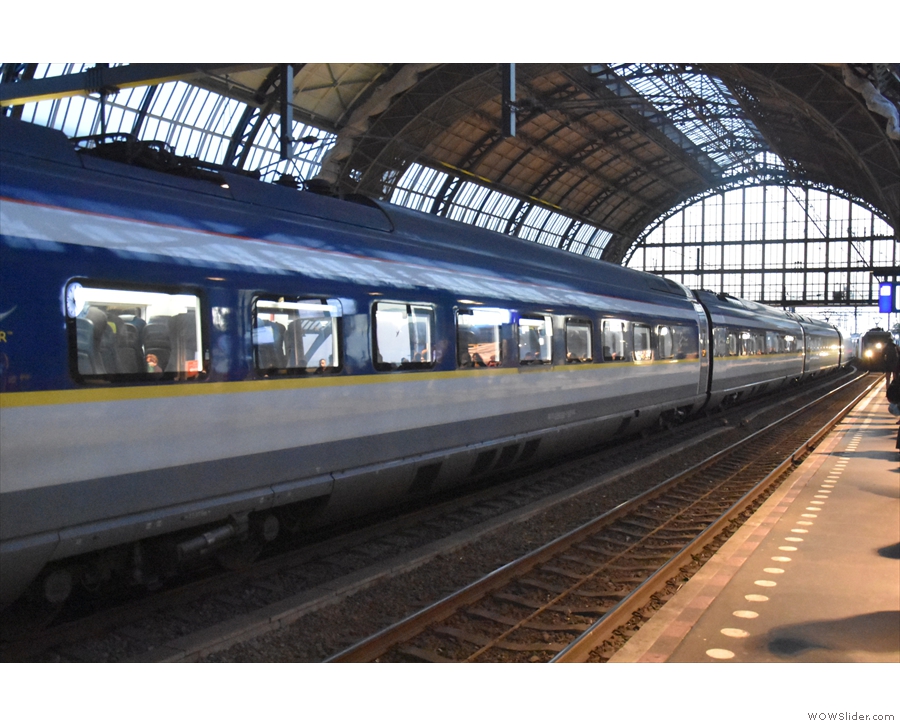
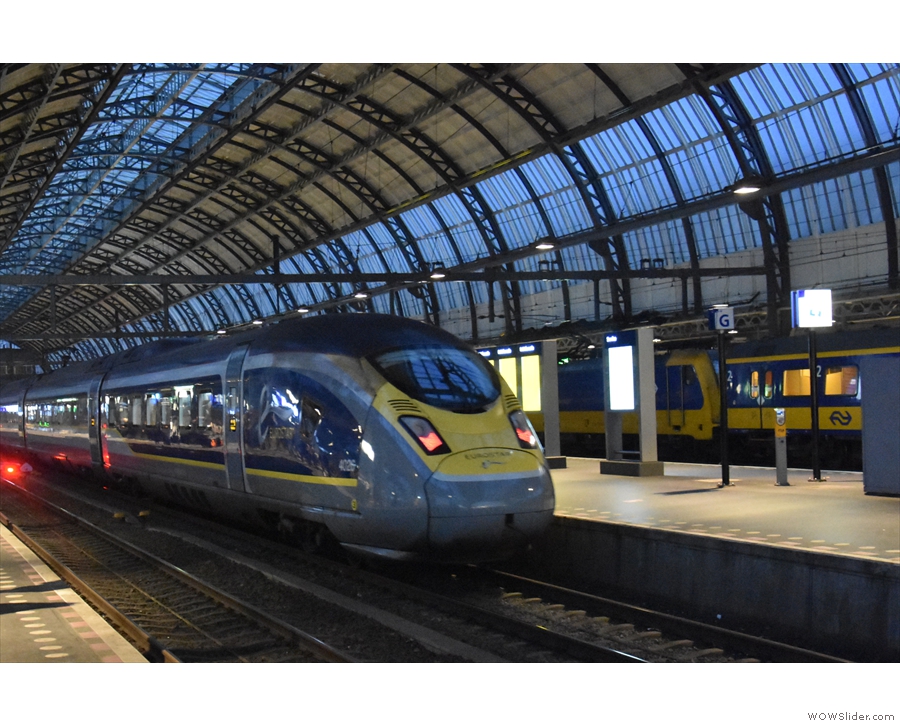
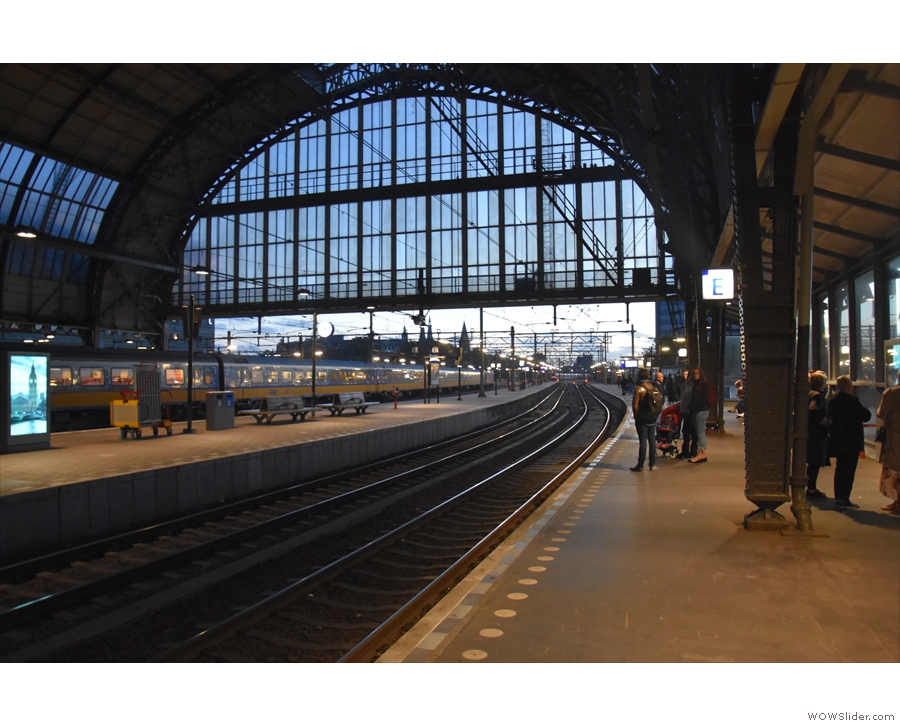
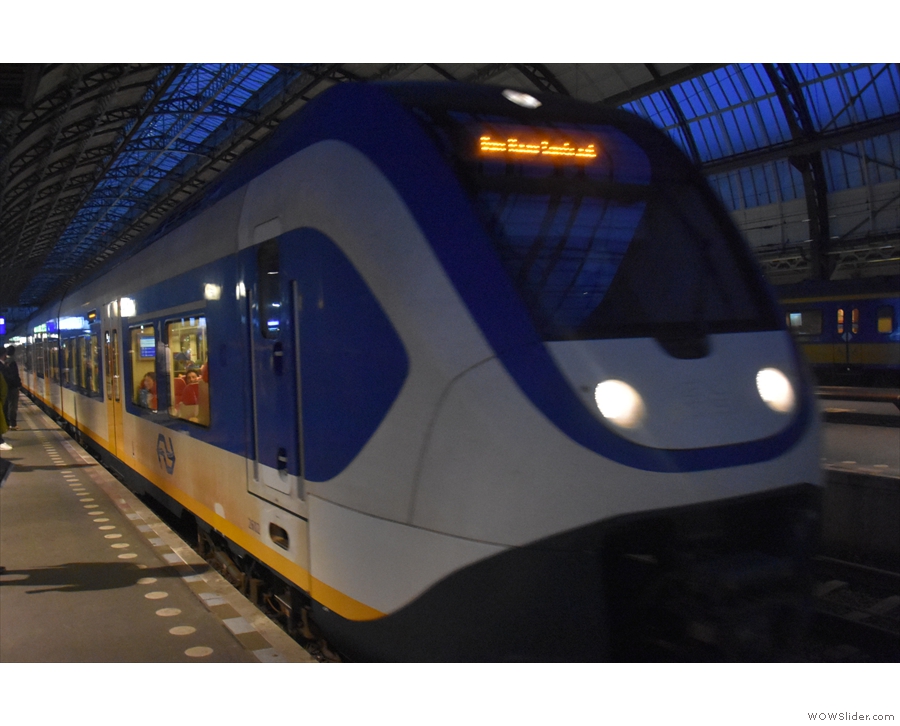
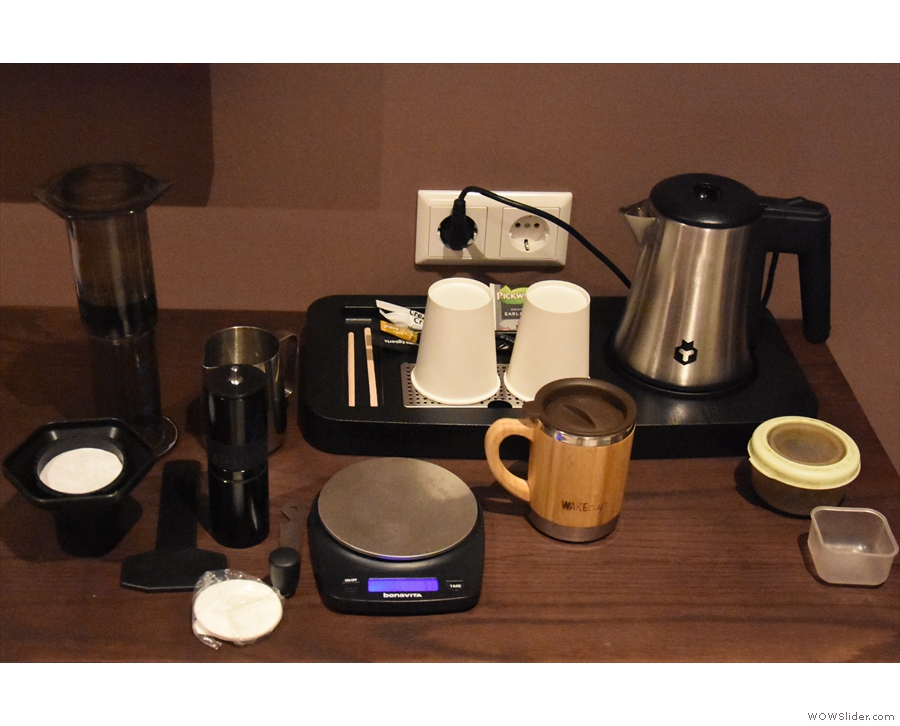
 1
1 2
2 3
3 4
4 5
5 6
6 7
7 8
8 9
9 10
10 11
11 12
12 13
13 14
14 15
15 16
16 17
17 18
18 19
19 20
20 21
21 22
22 23
23 24
24 25
25
Pingback: Returning from Amsterdam by Eurostar | Brian's Coffee Spot
Pingback: World of Coffee 2018 | Brian's Coffee Spot
Pingback: 19grams Schlesi | Brian's Coffee Spot
Pingback: Brian’s Travel Spot: UK to Berlin by Train, Part II – Eurostar to Brussels | Brian's Coffee Spot